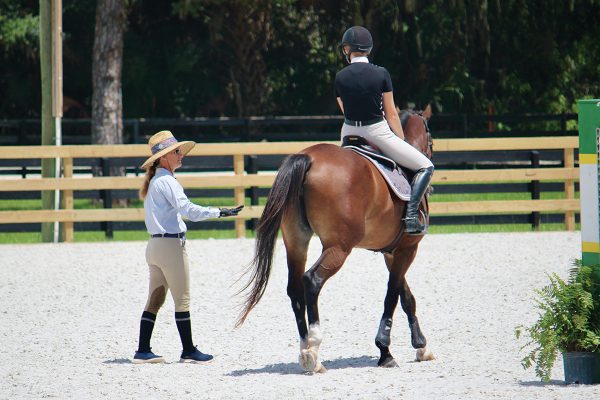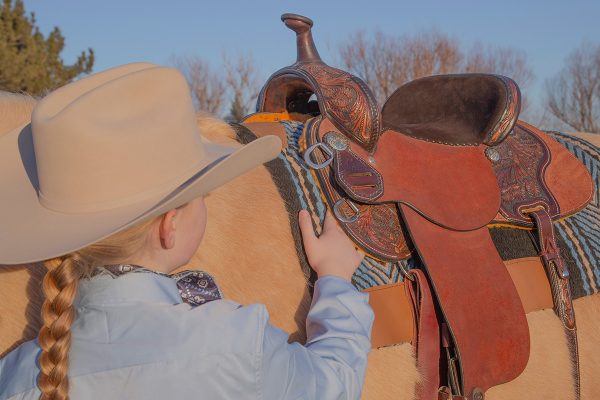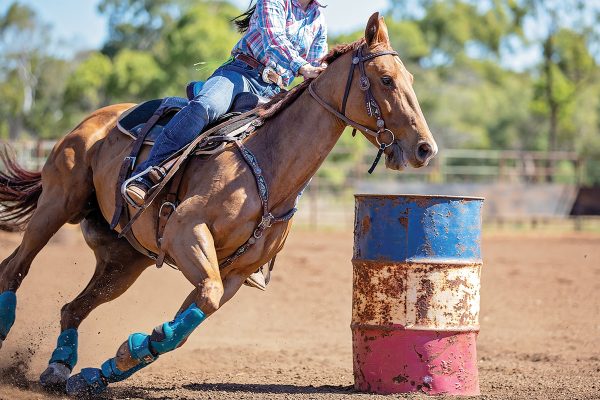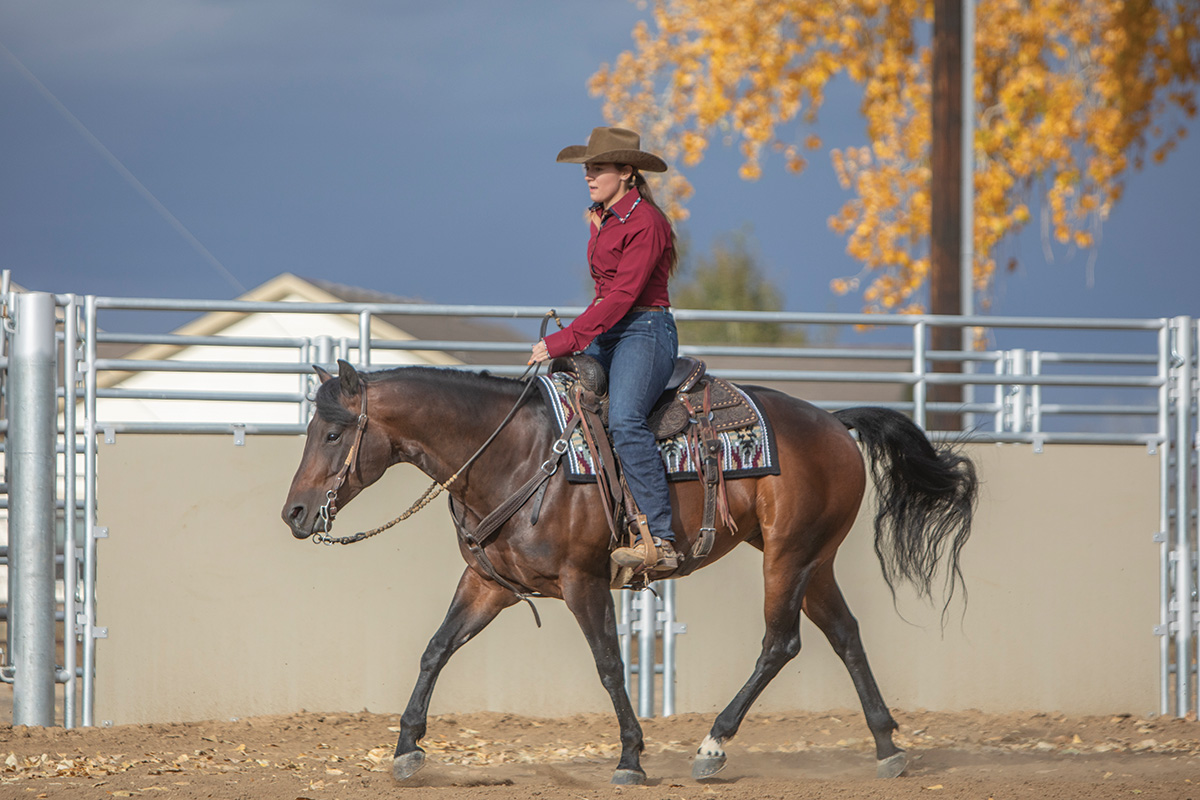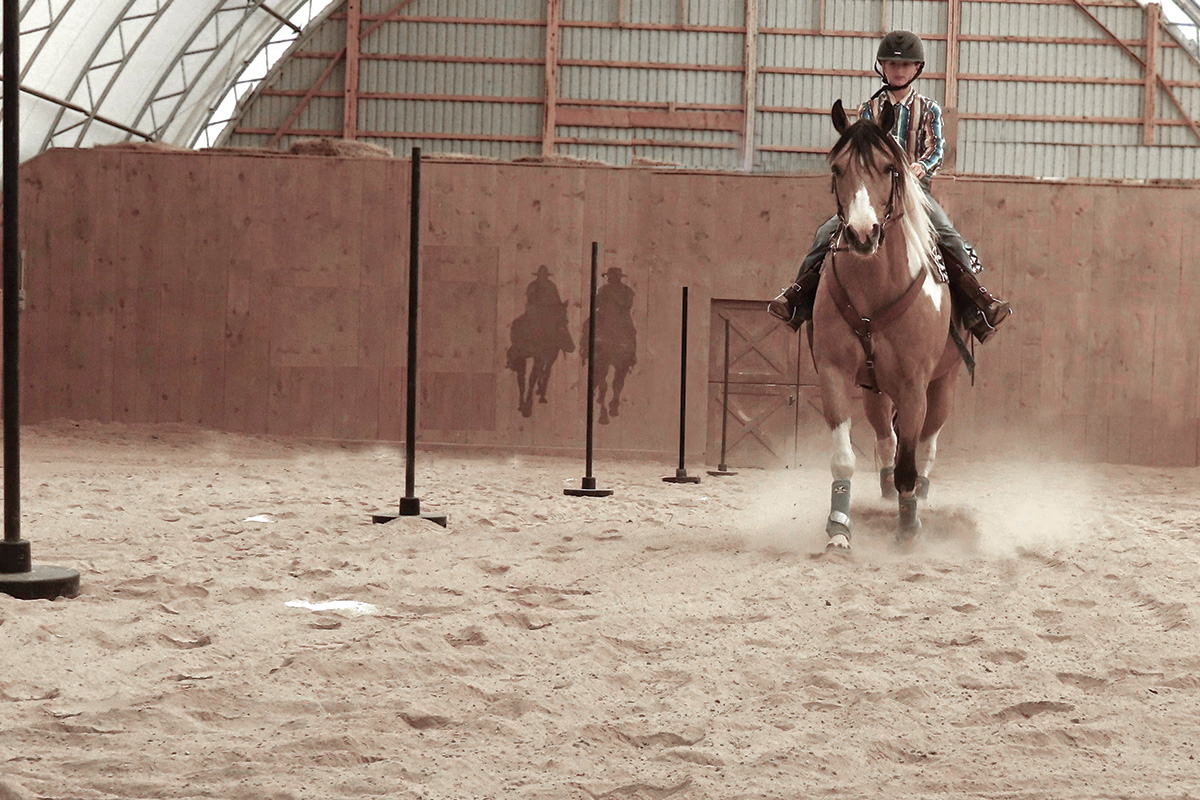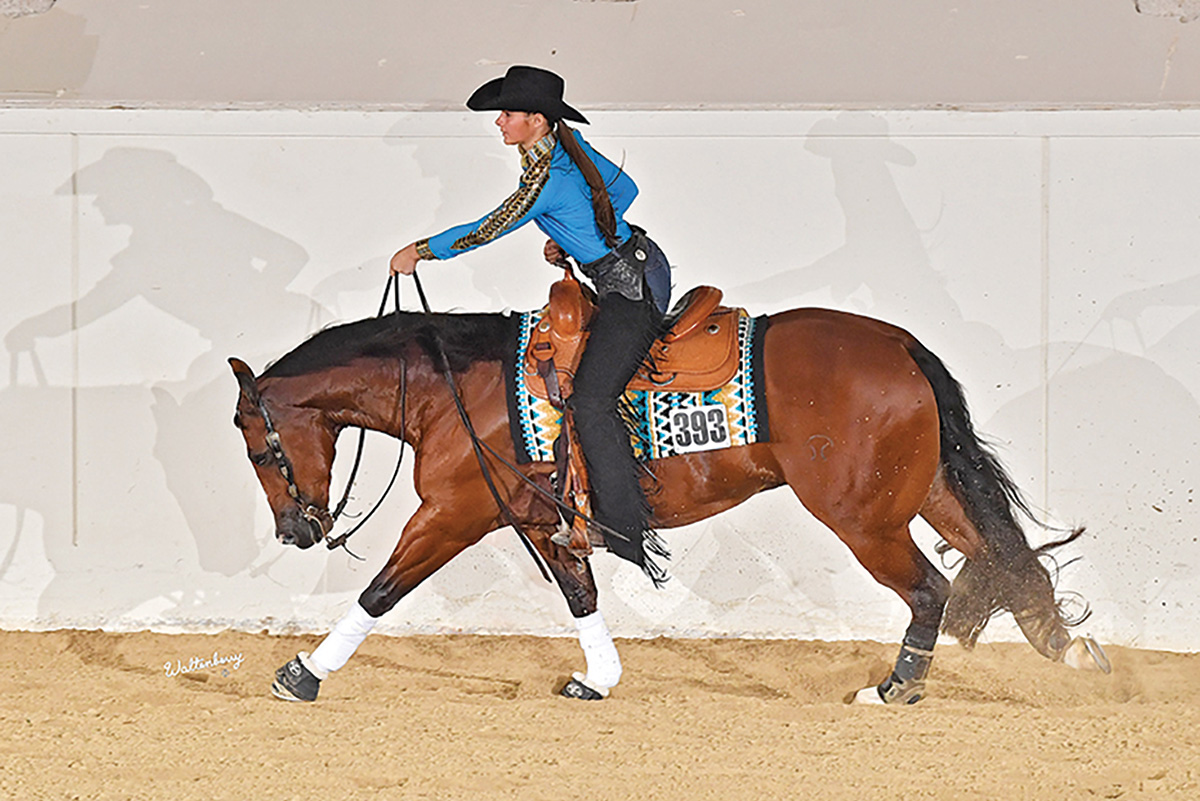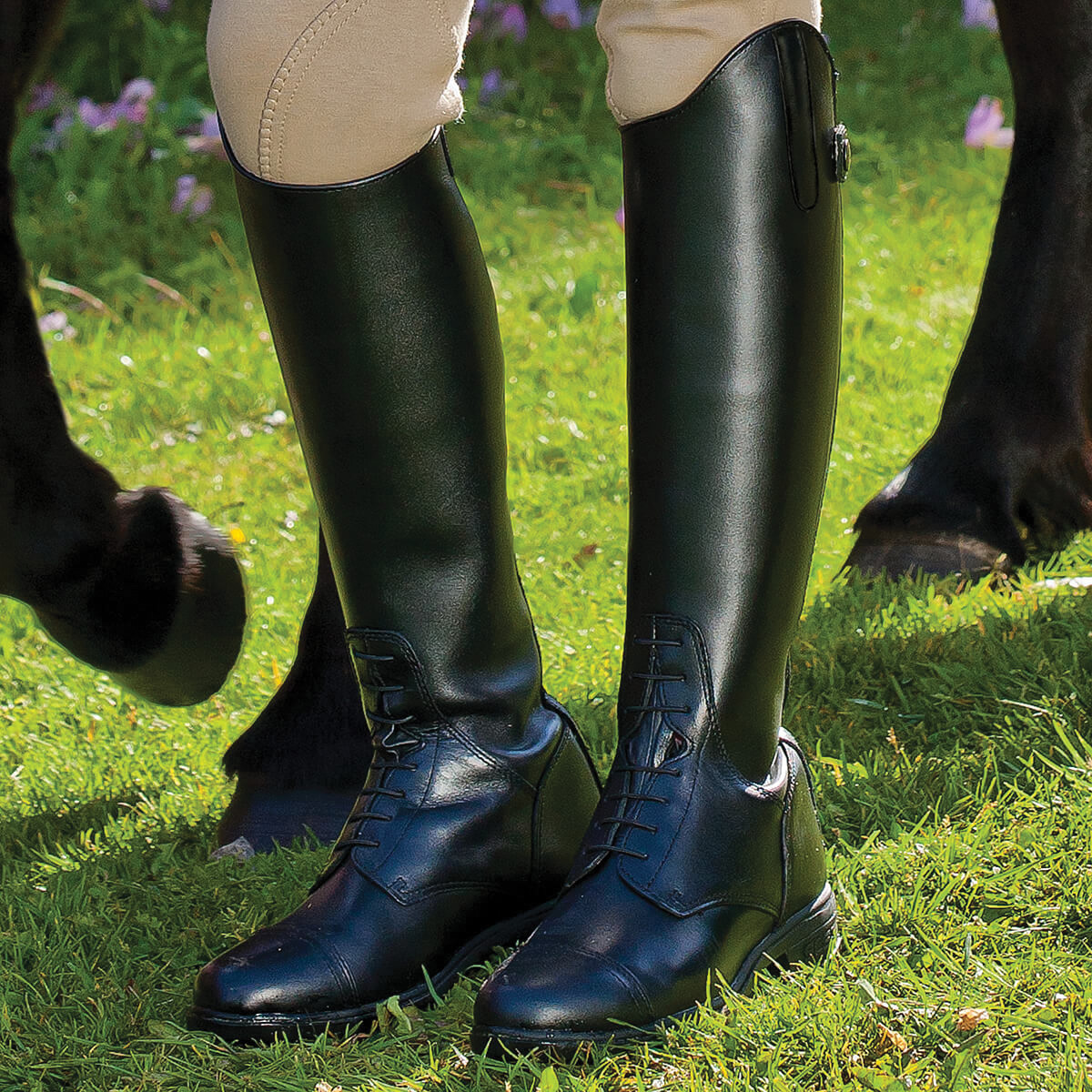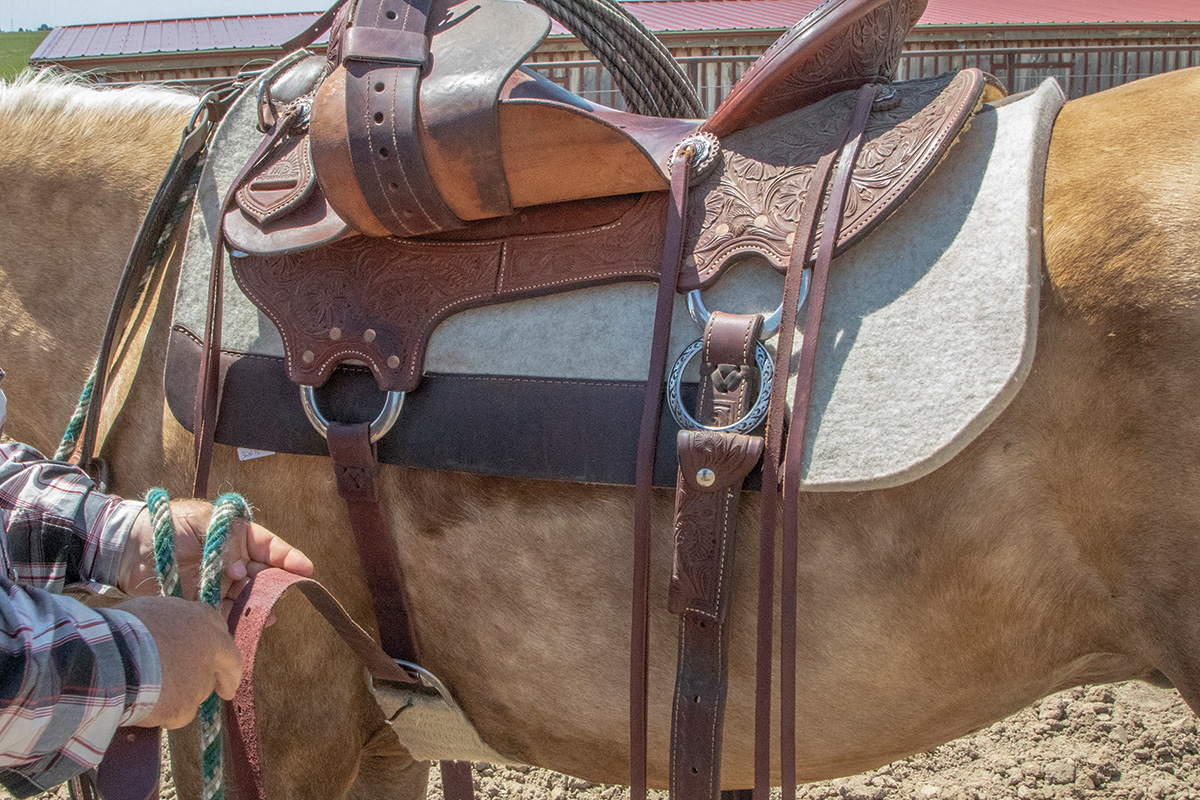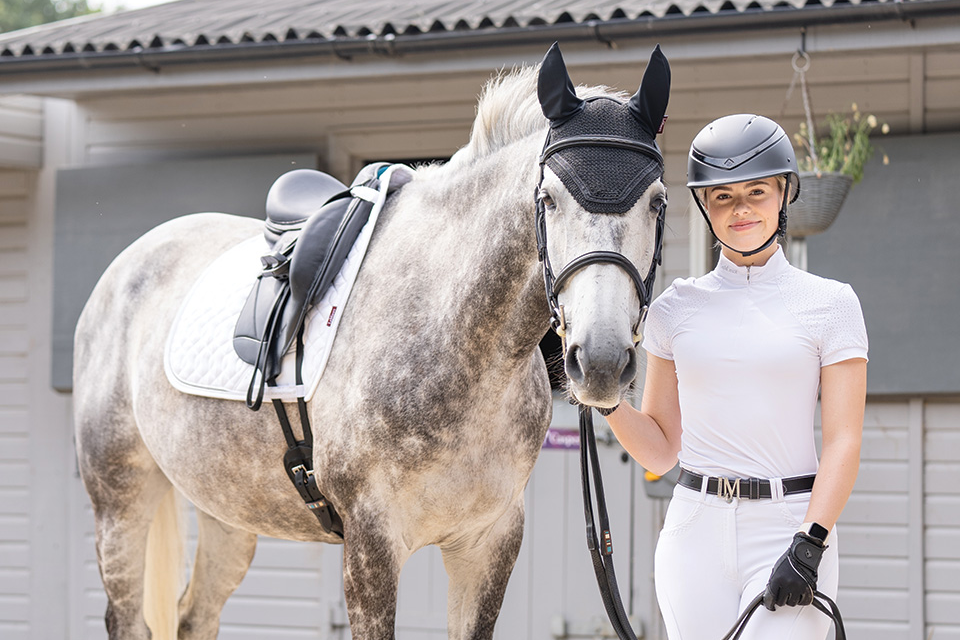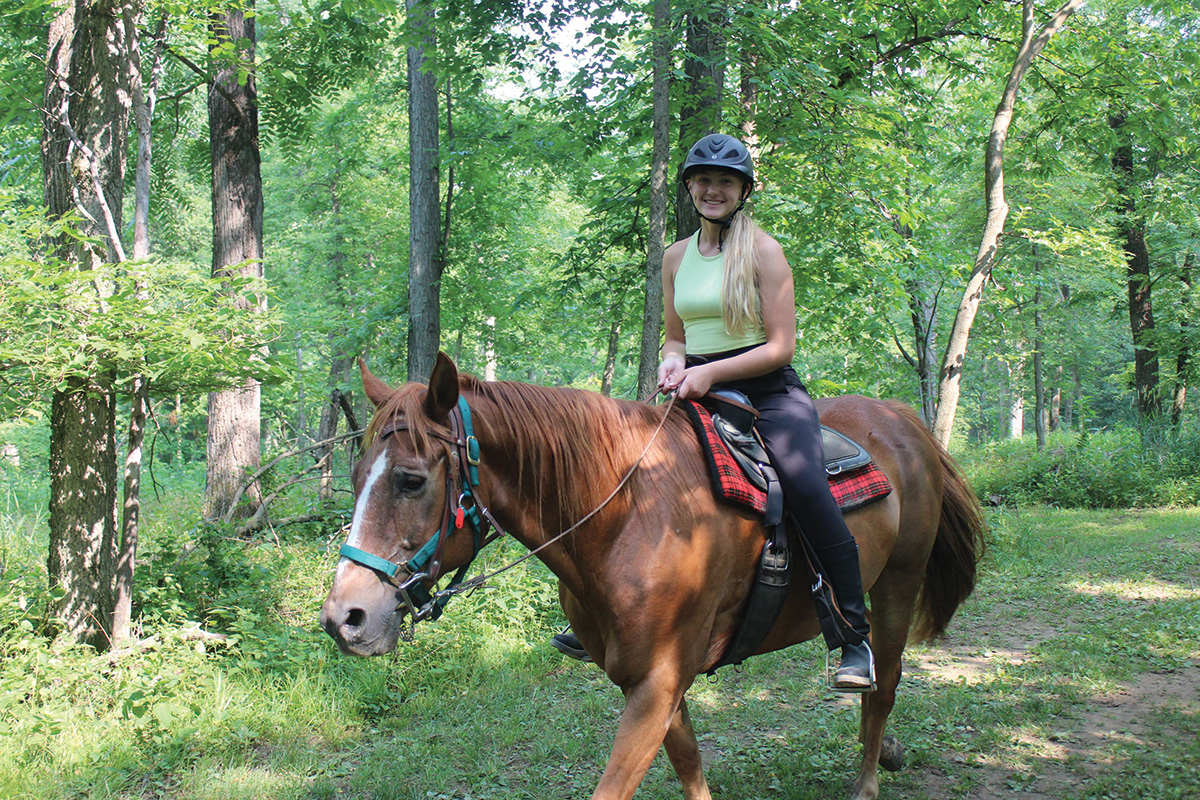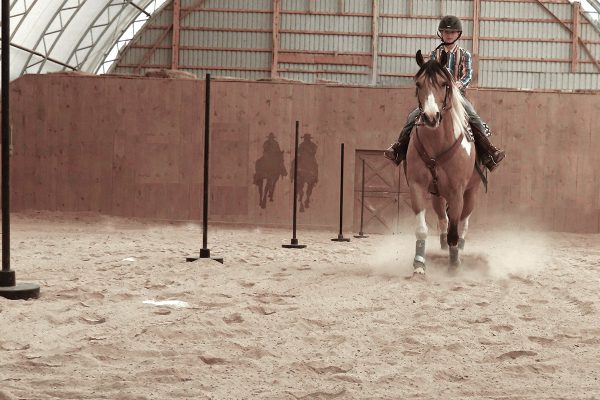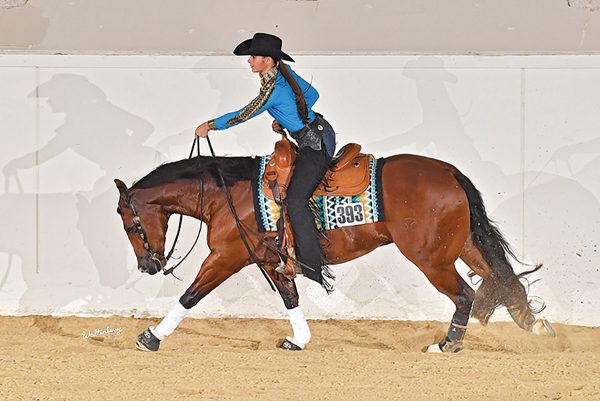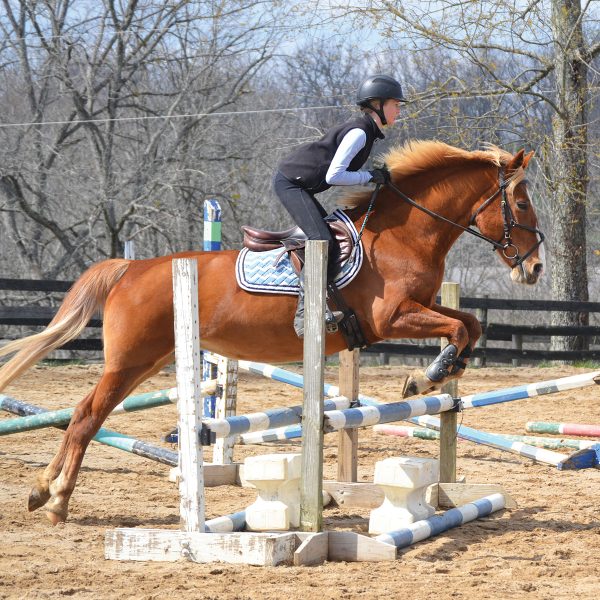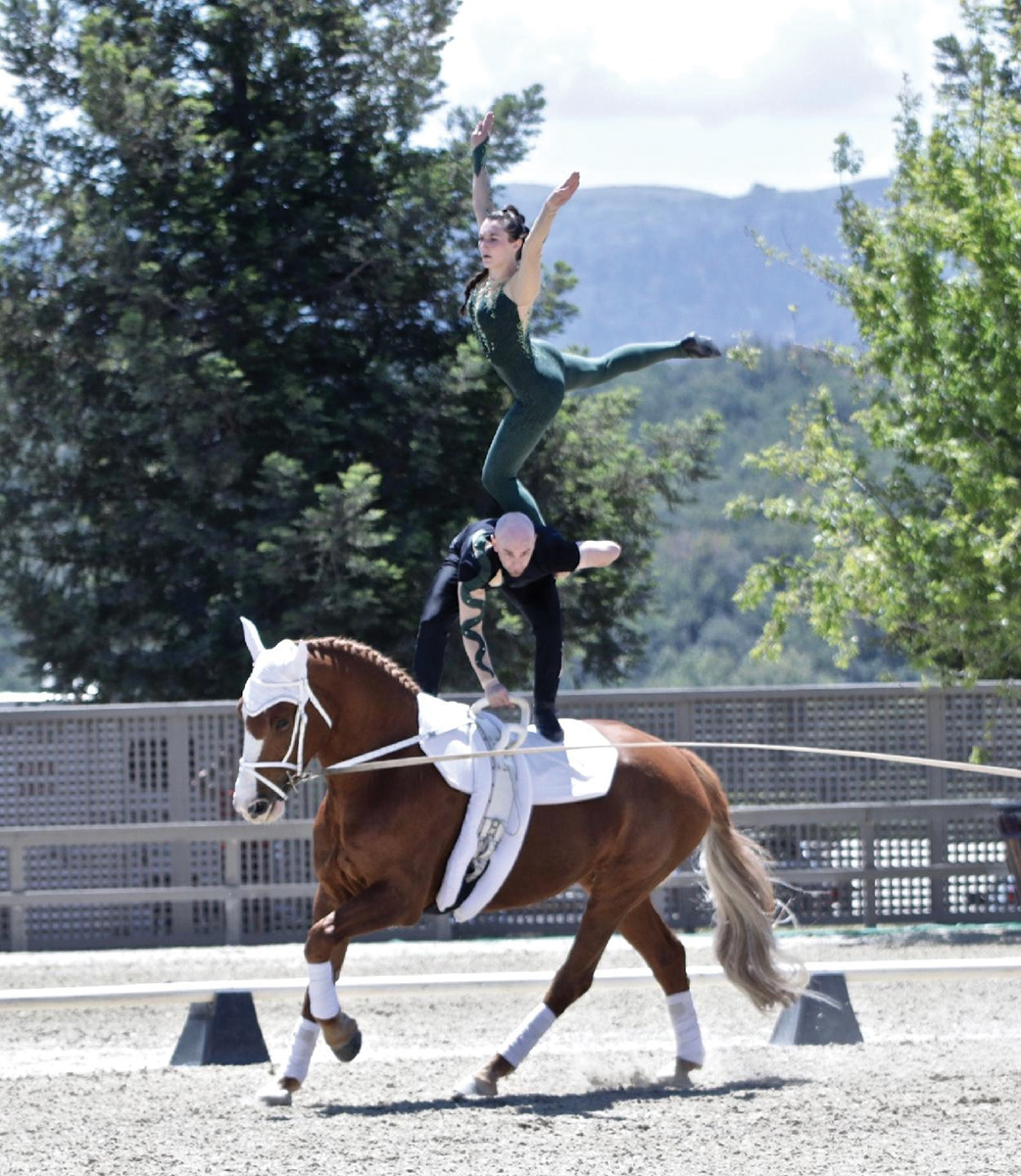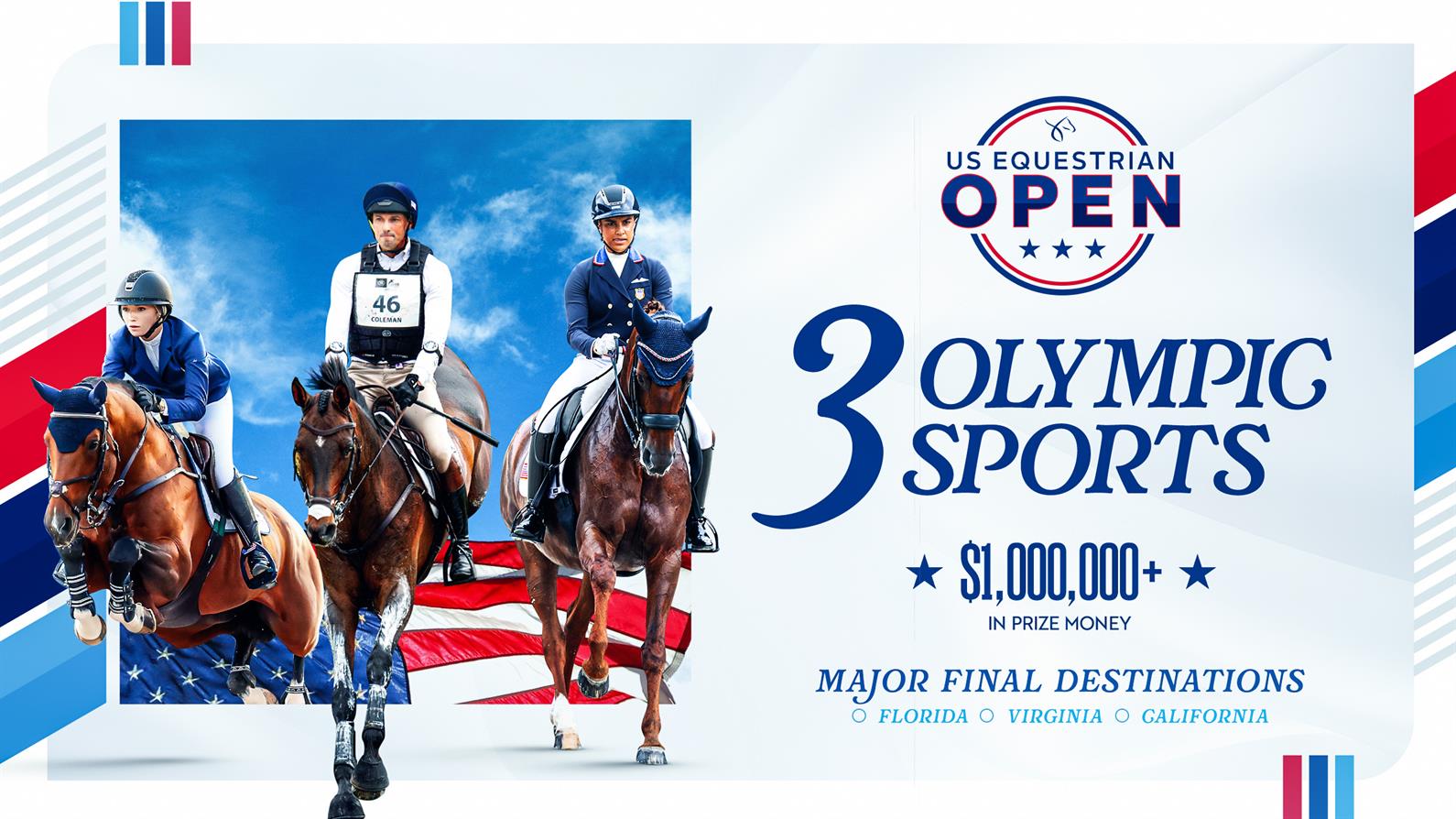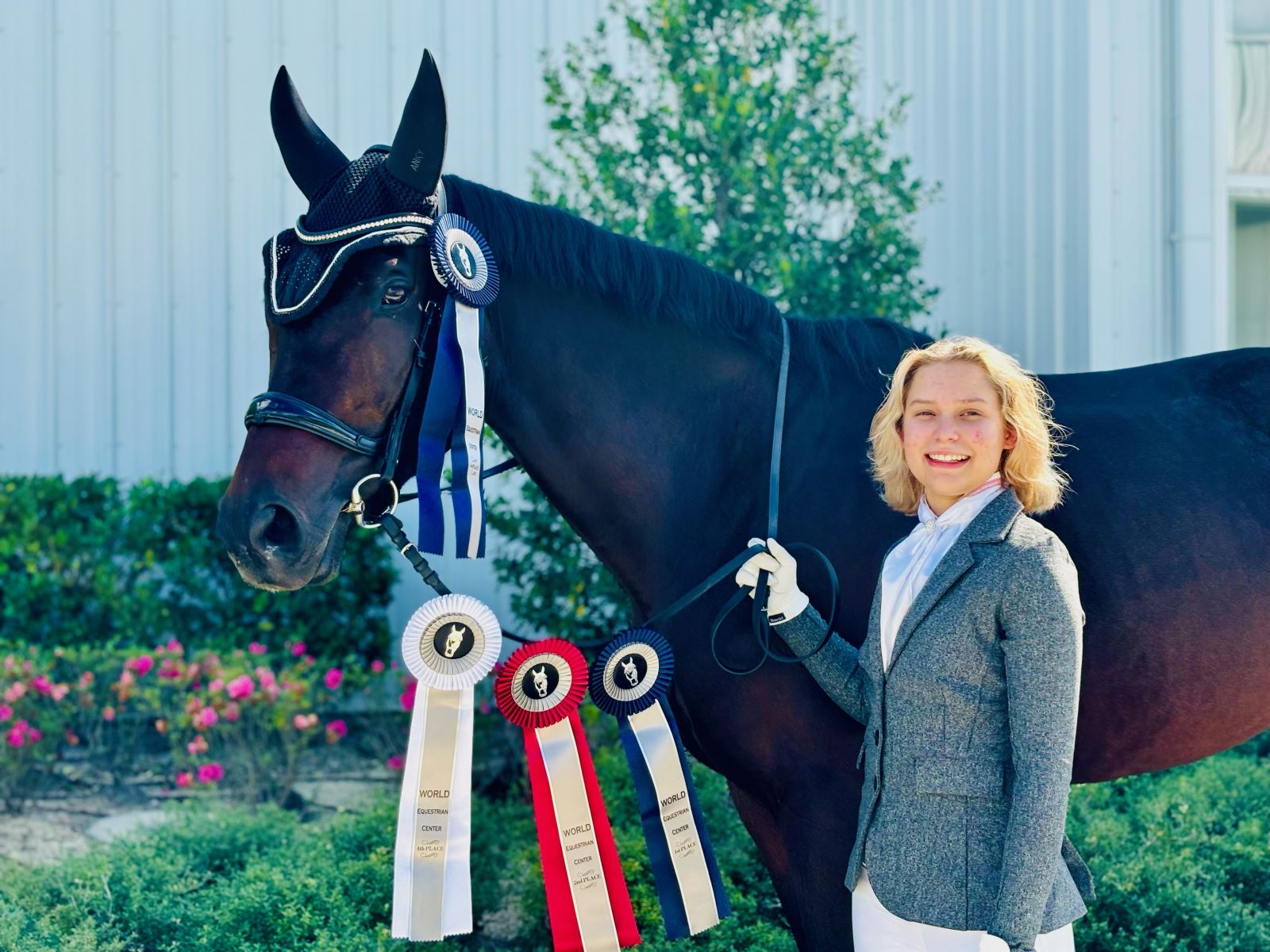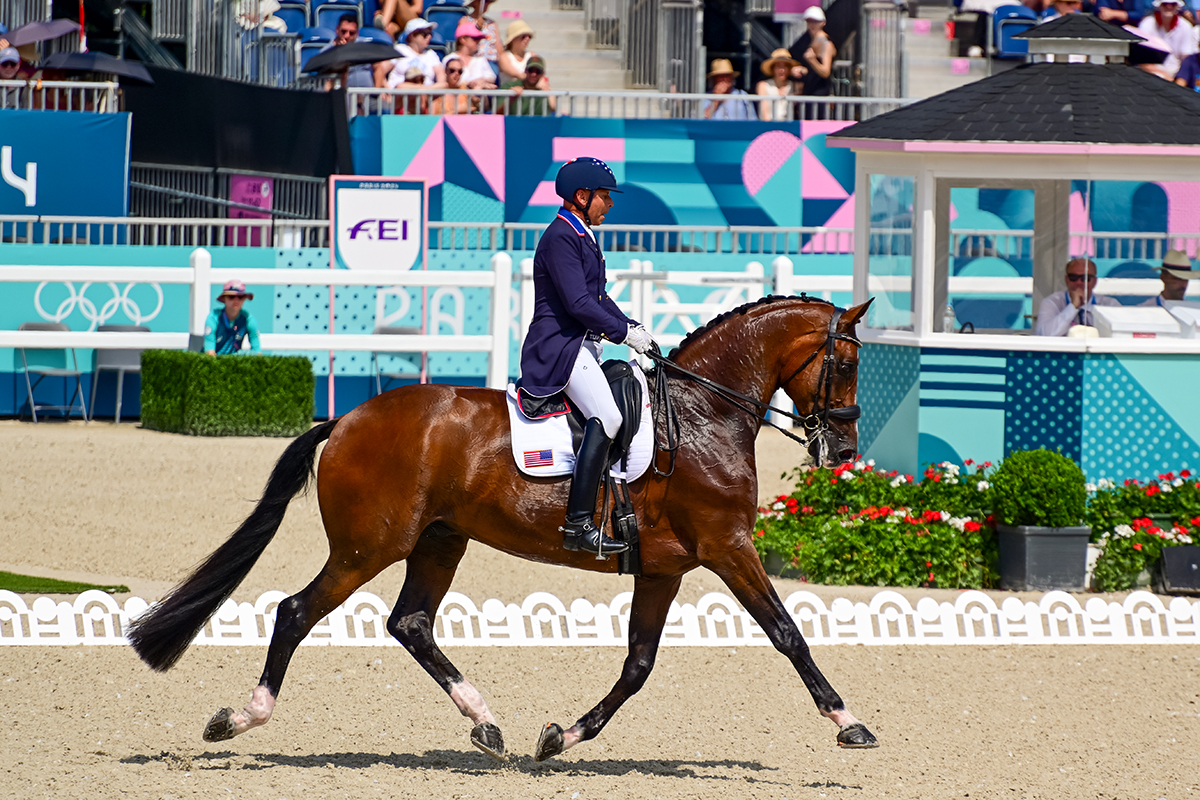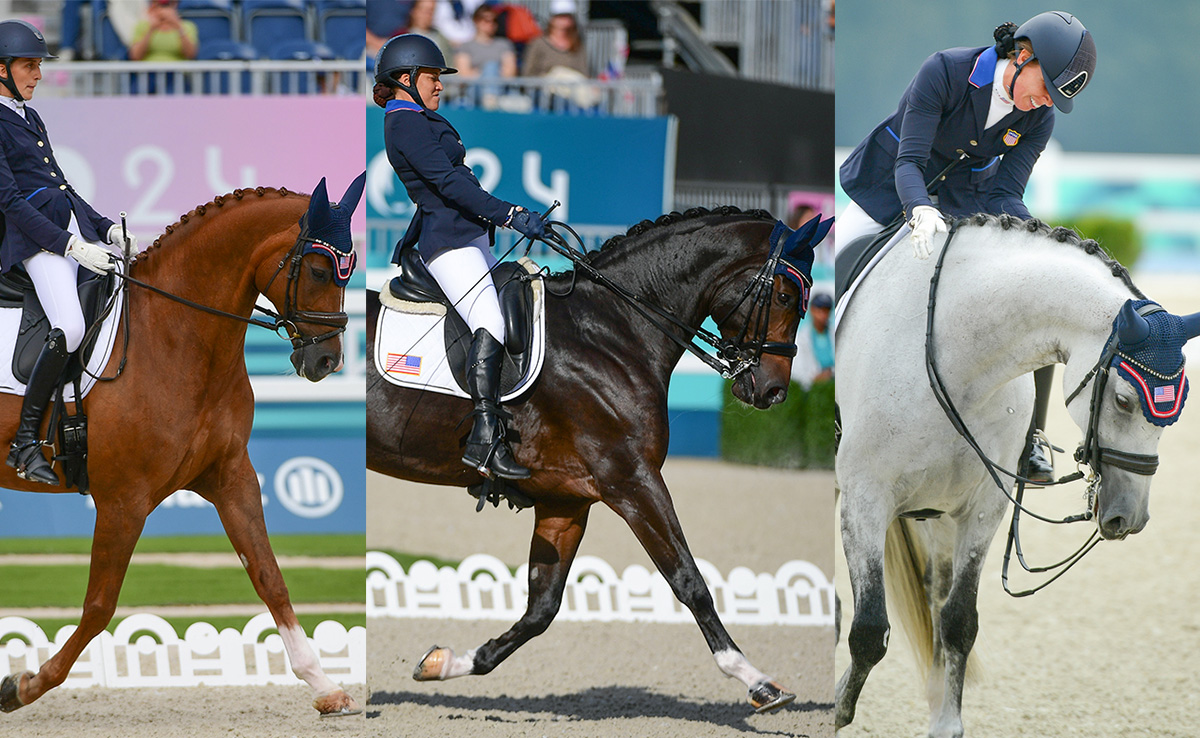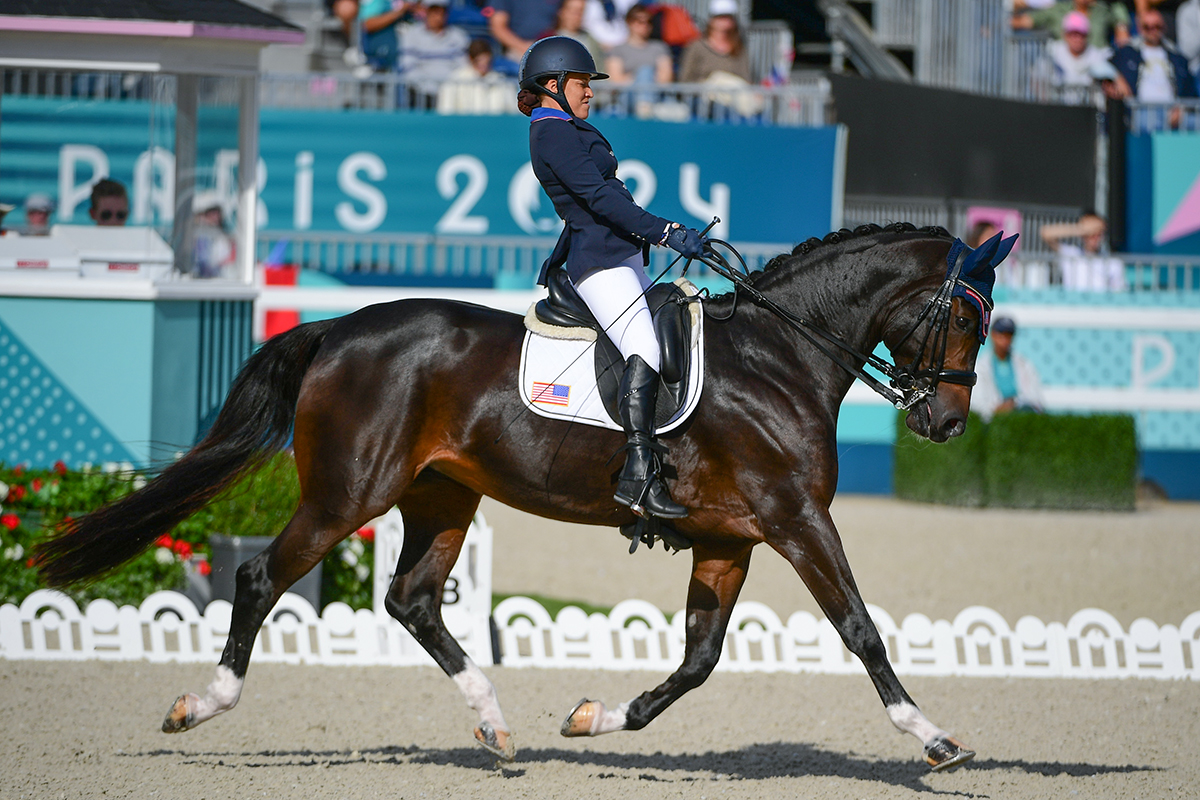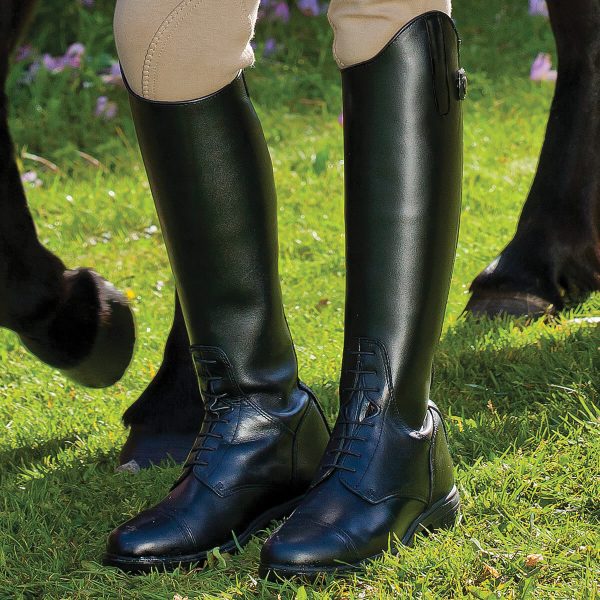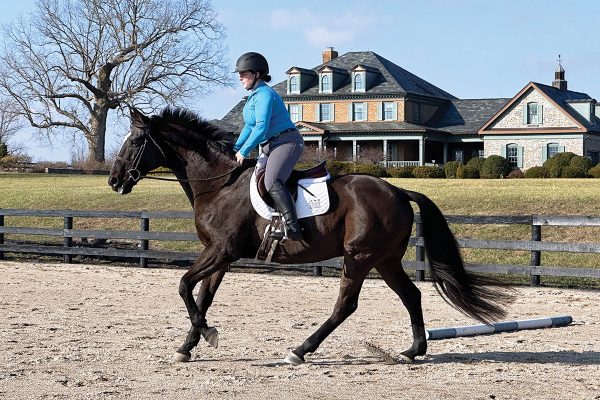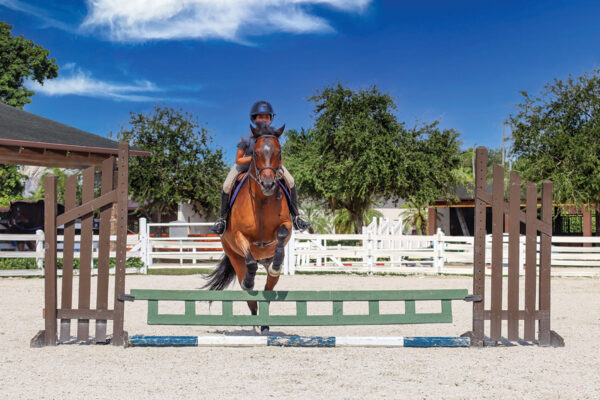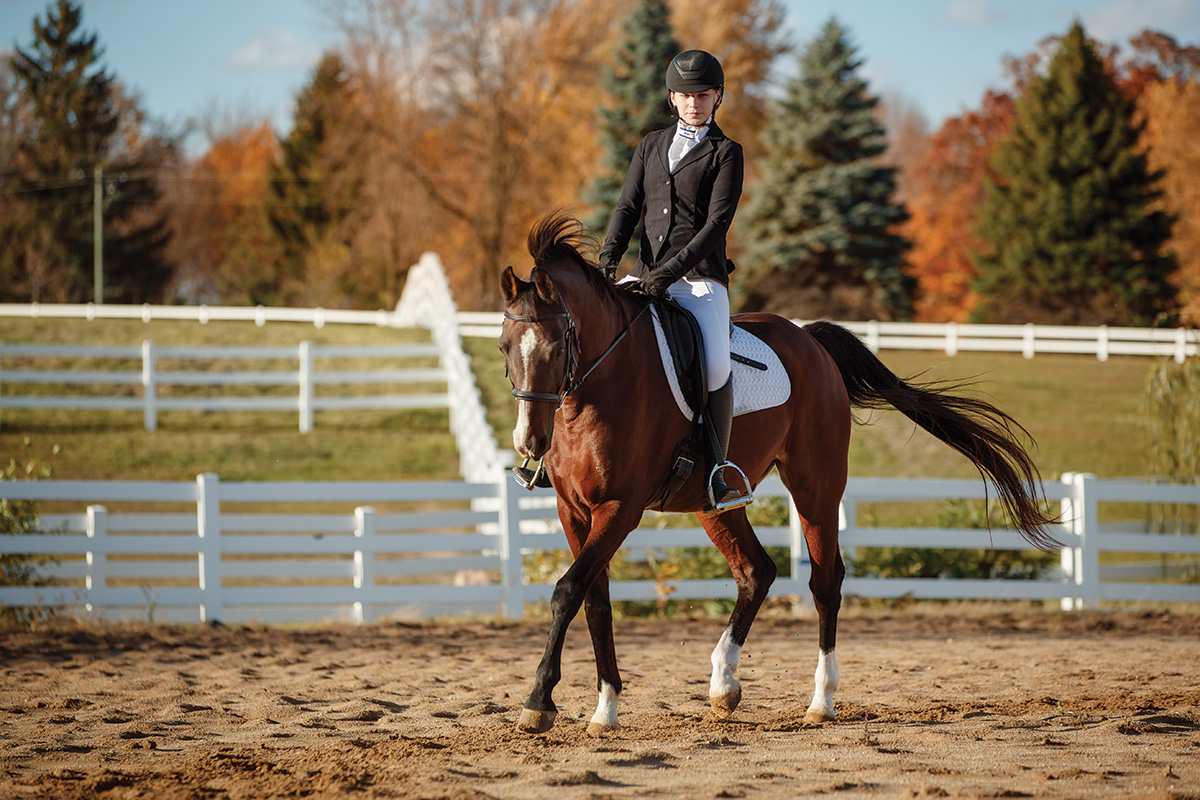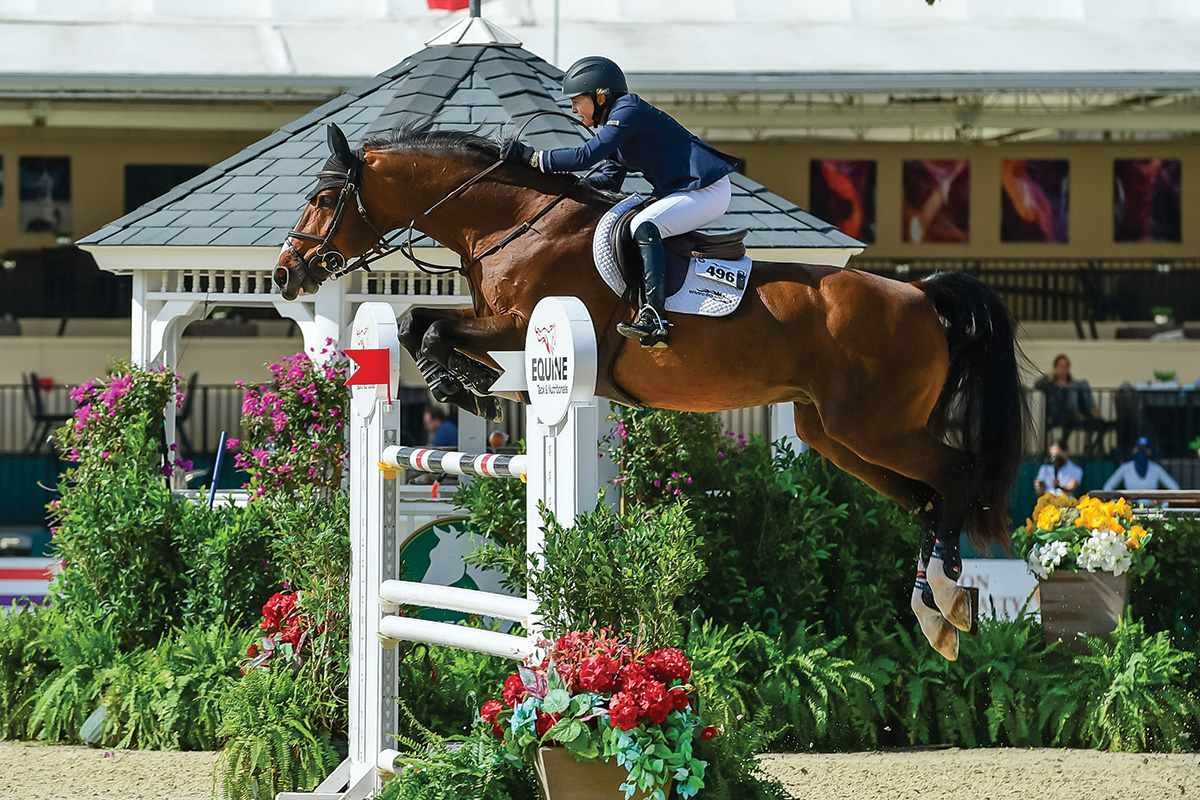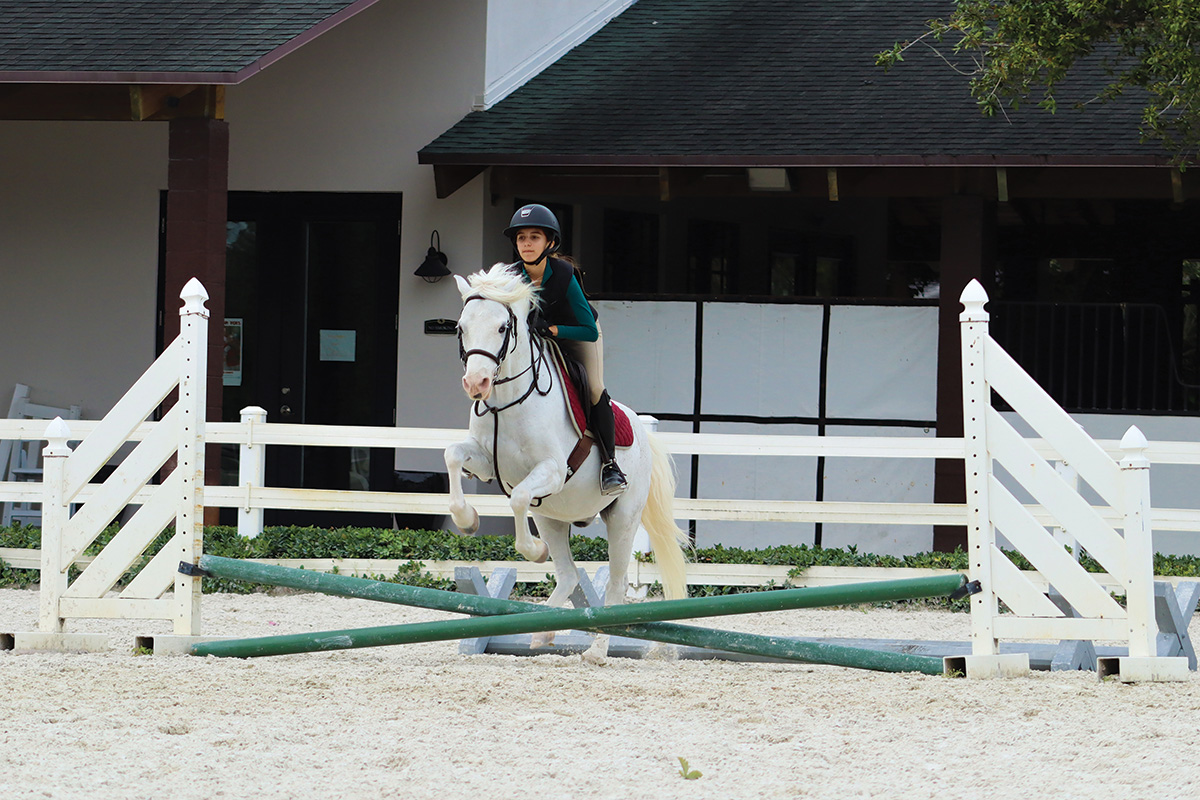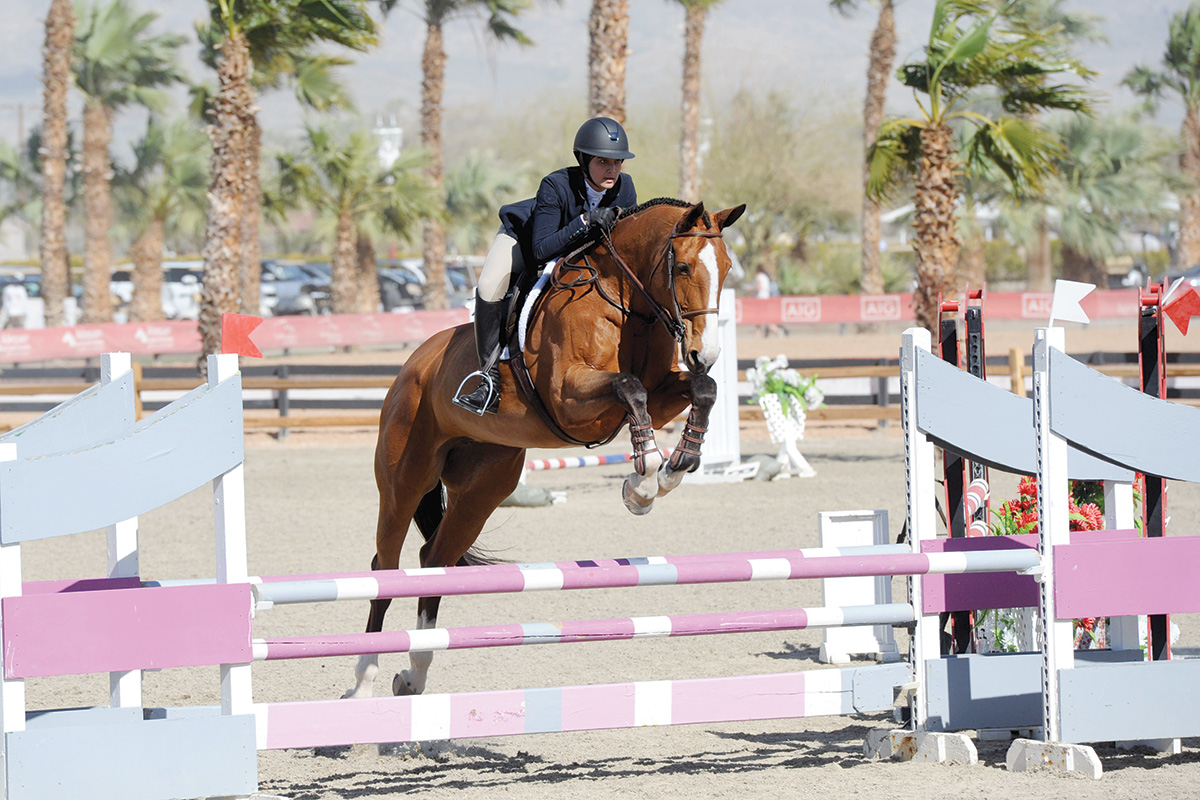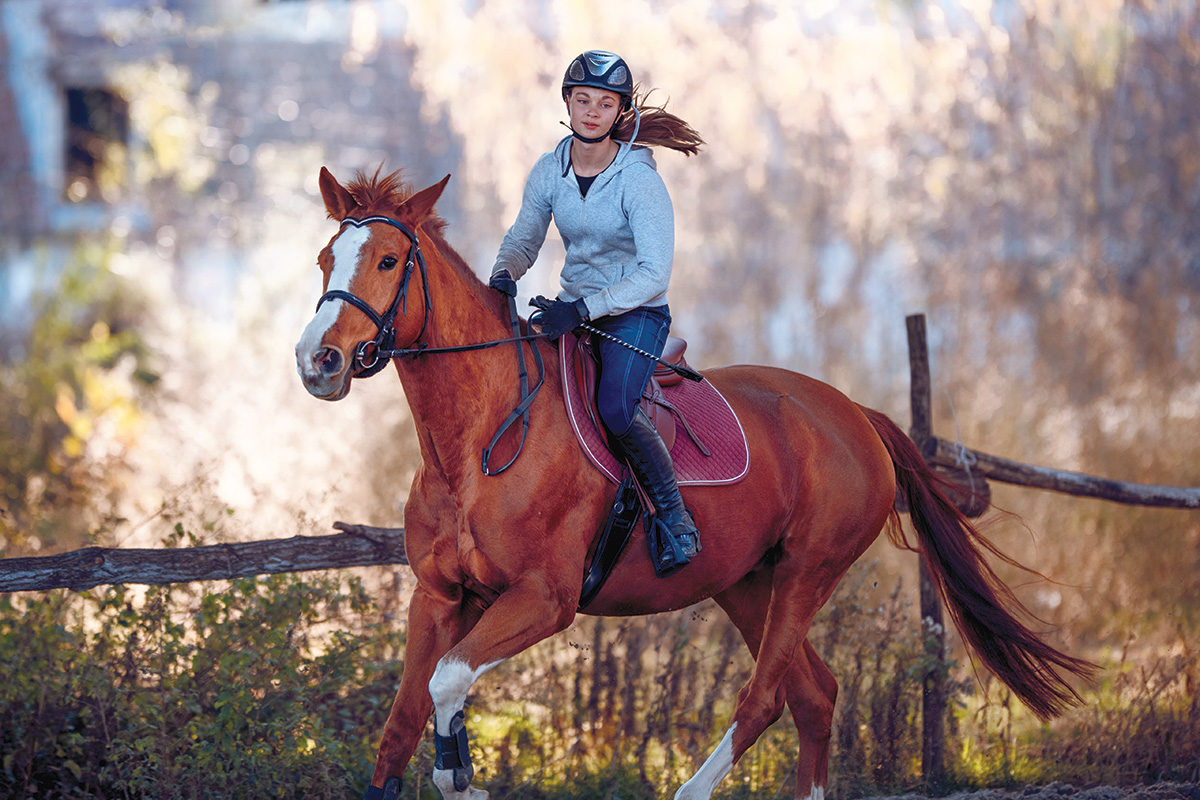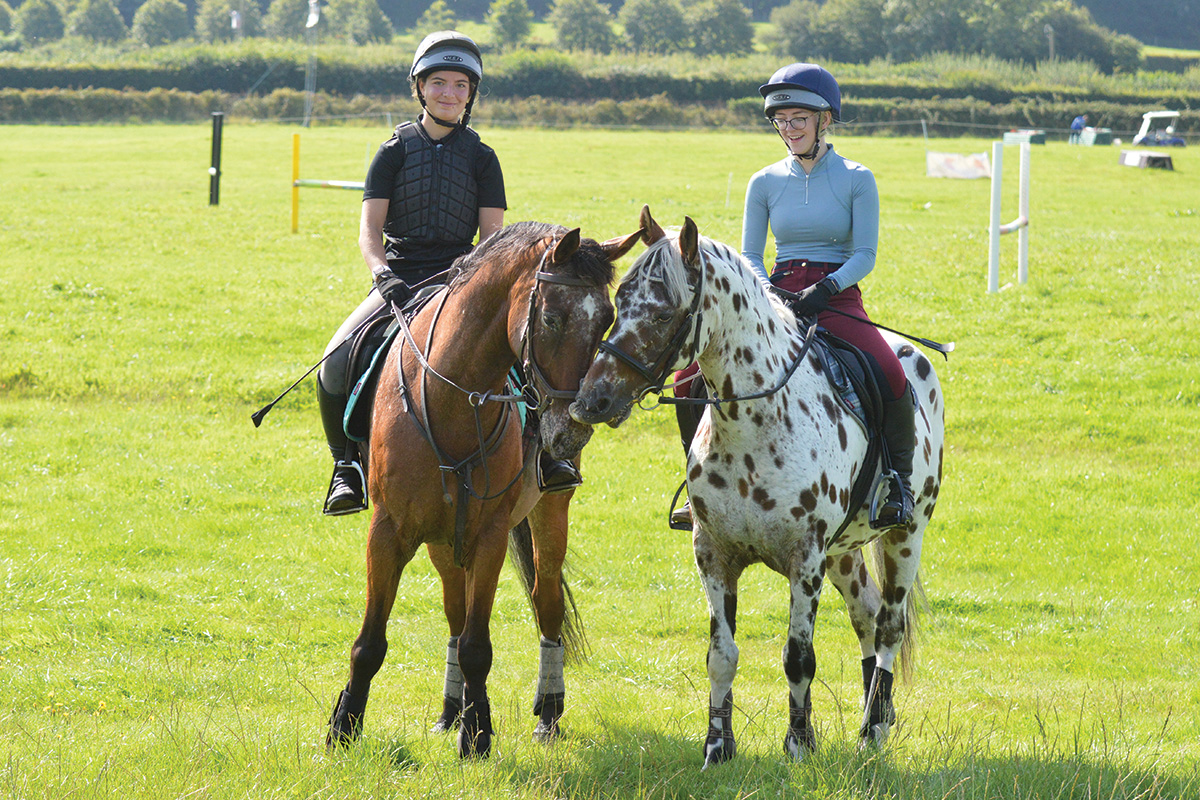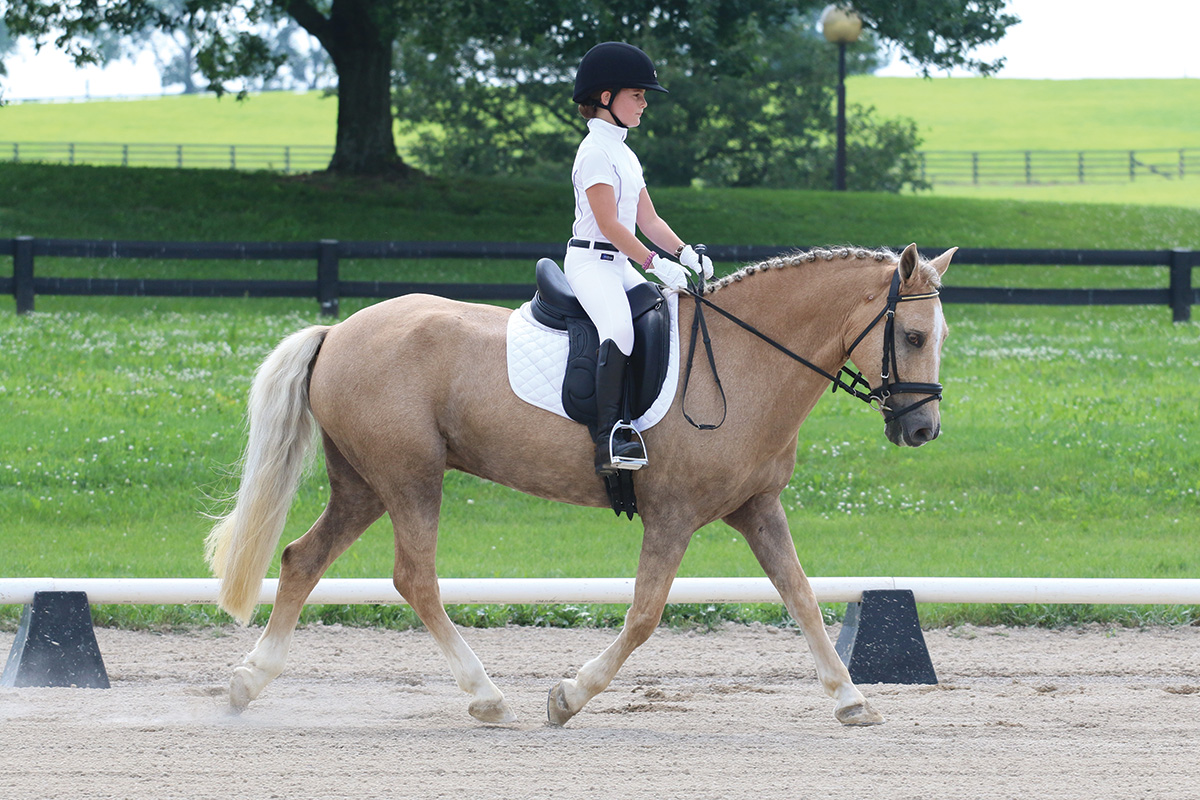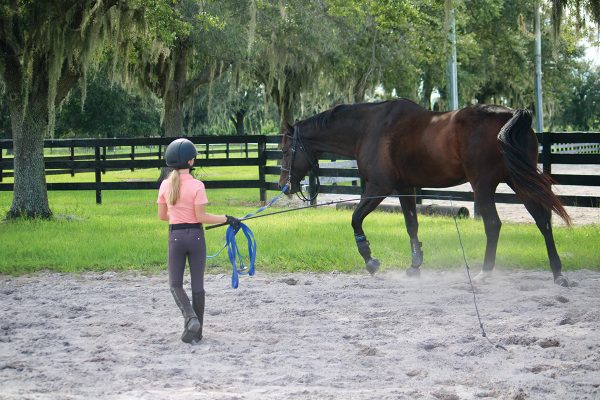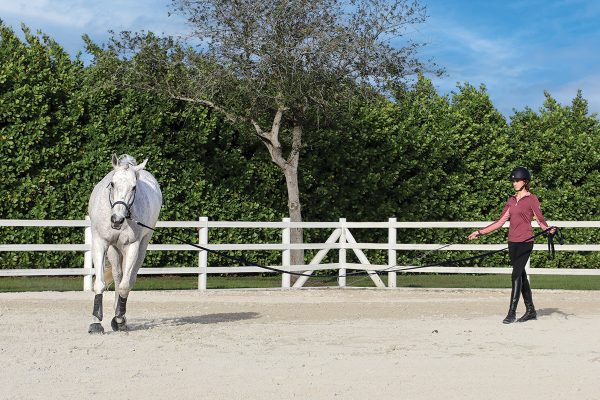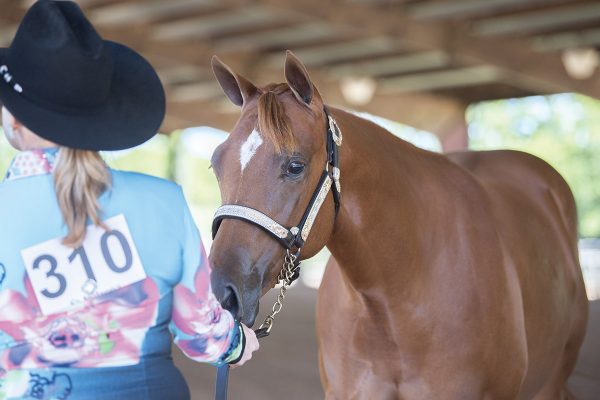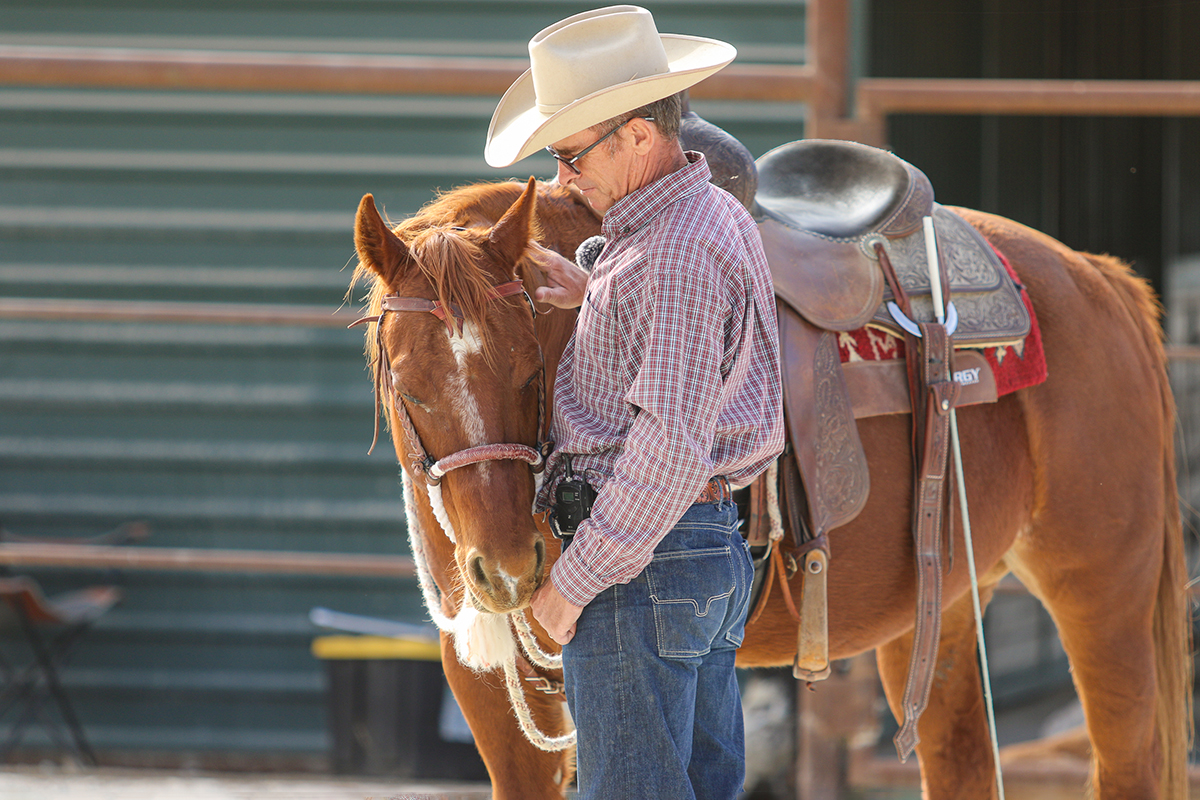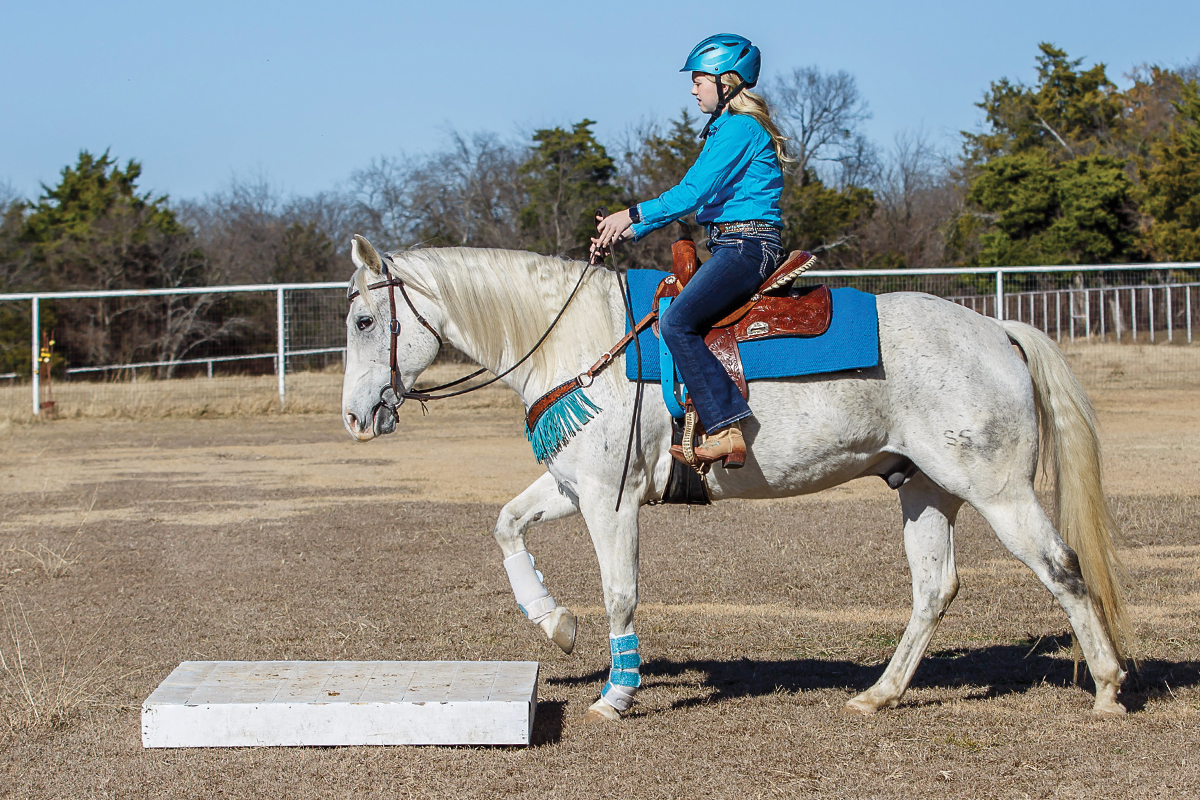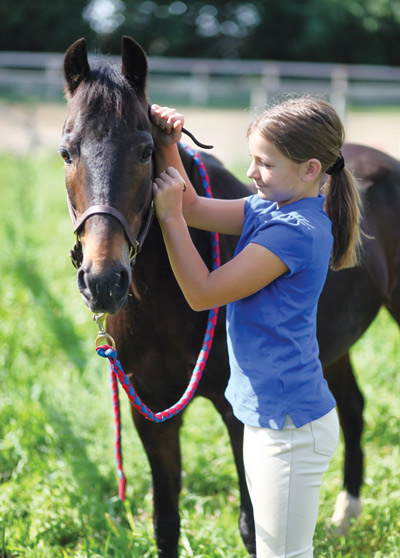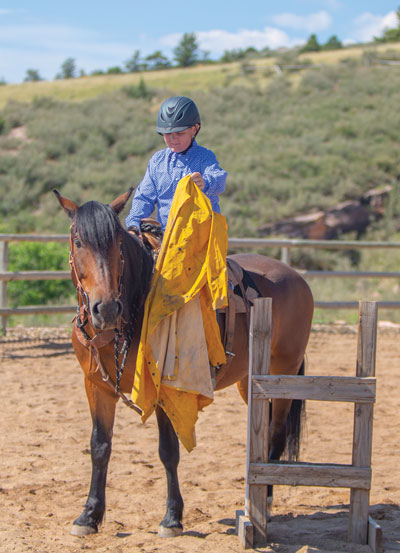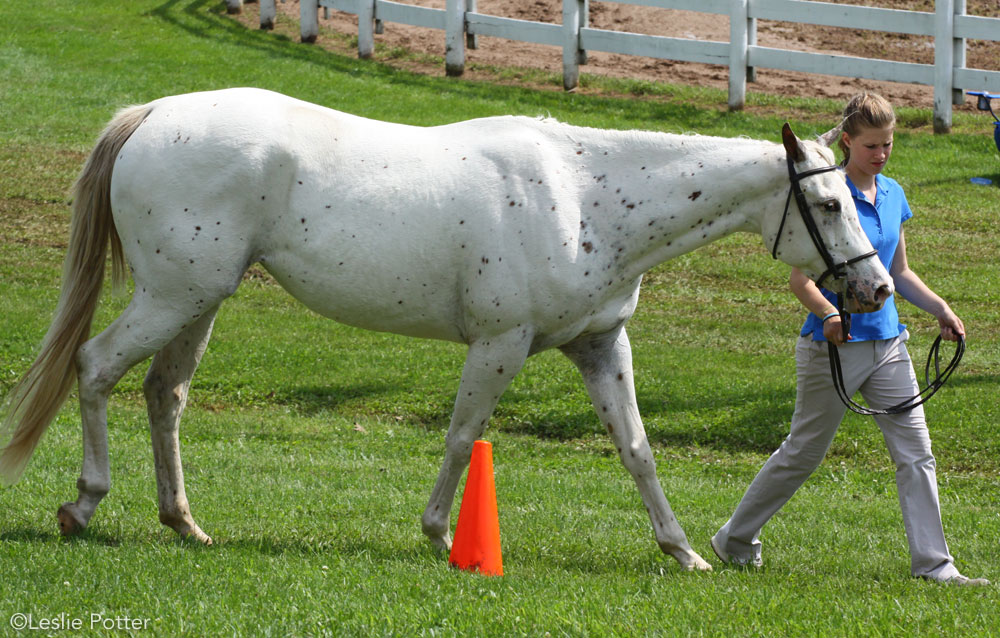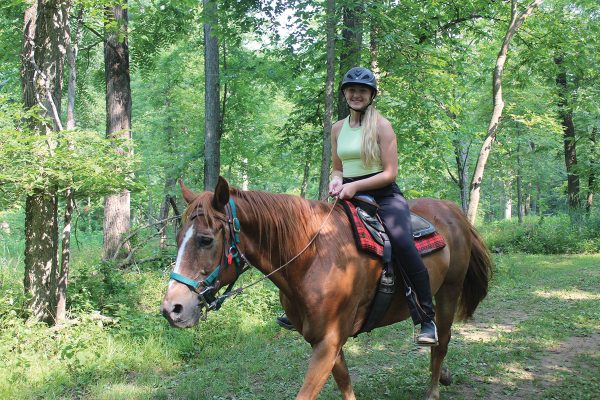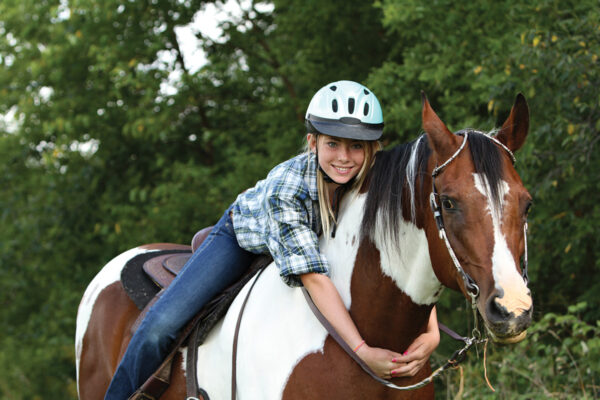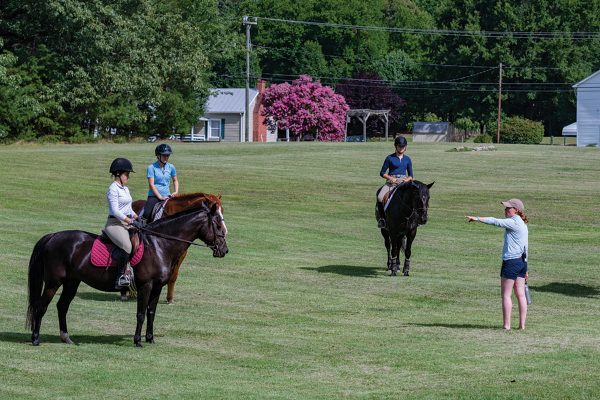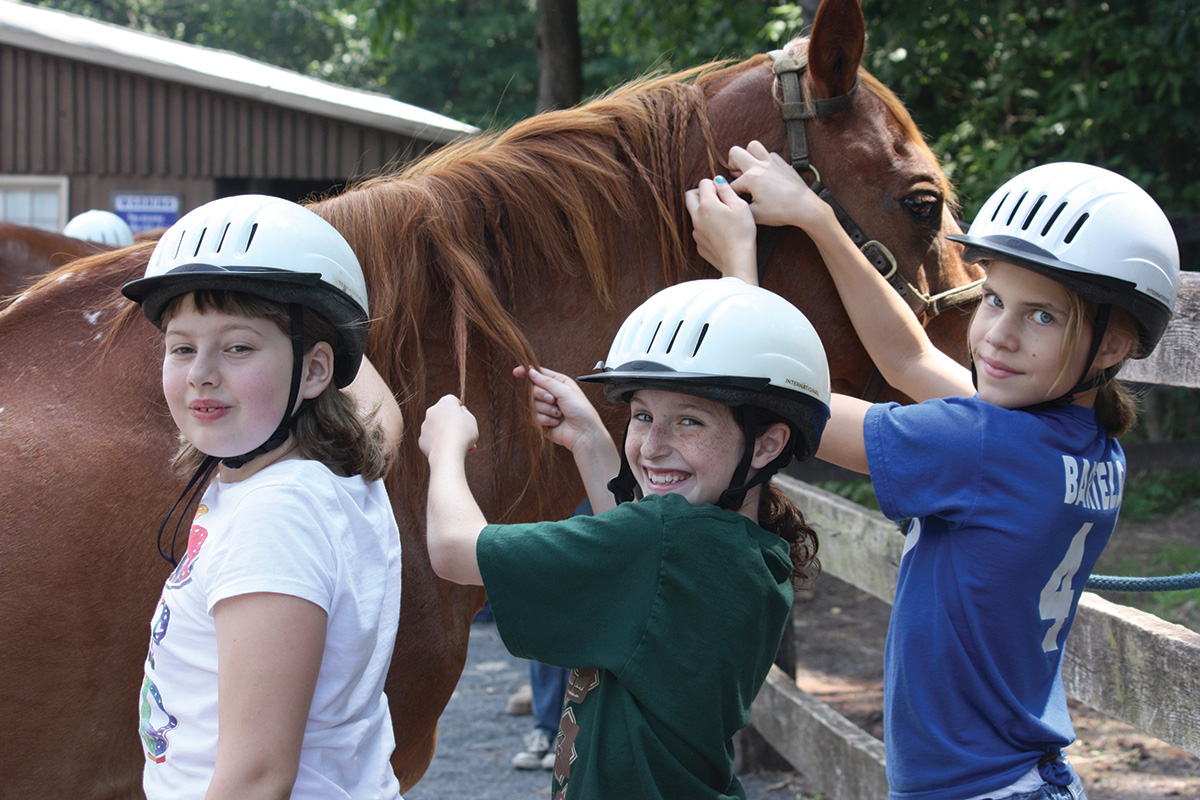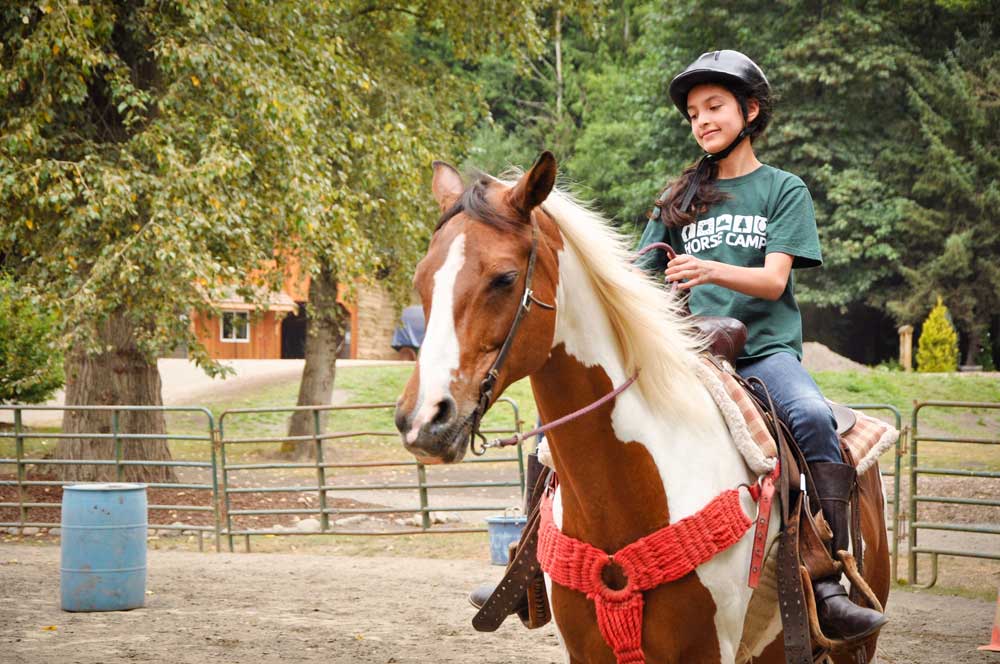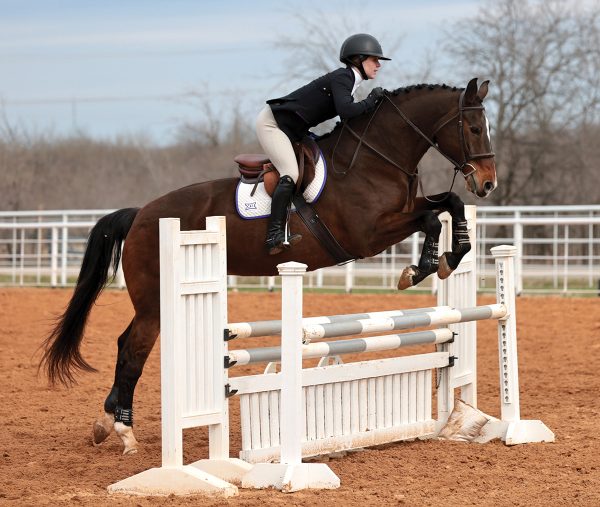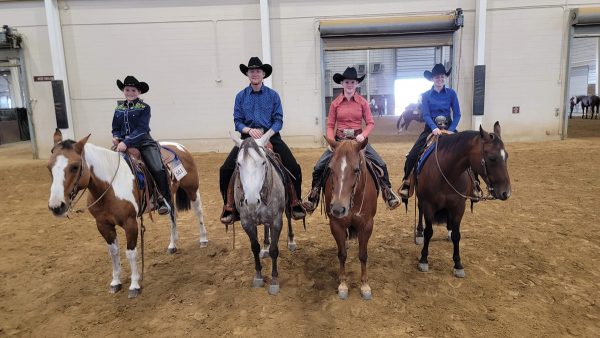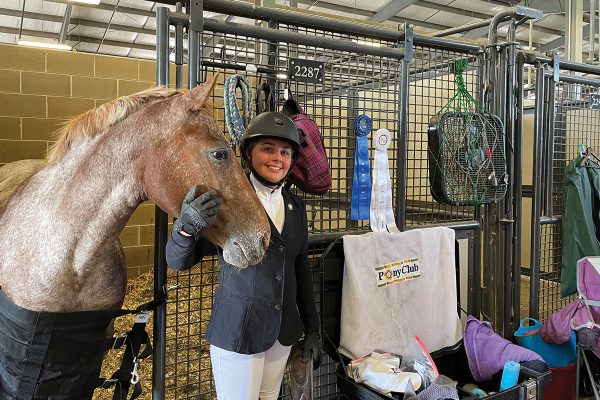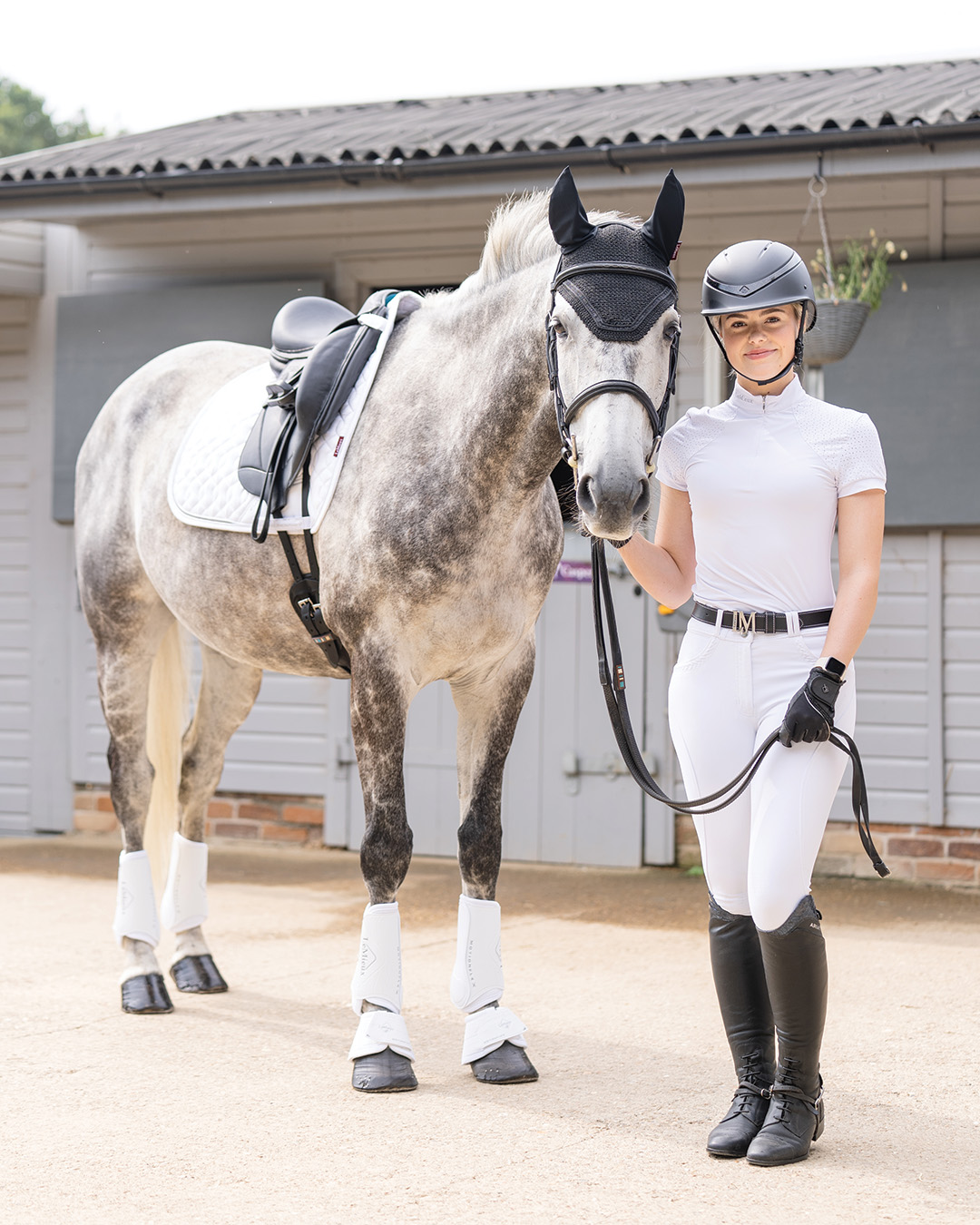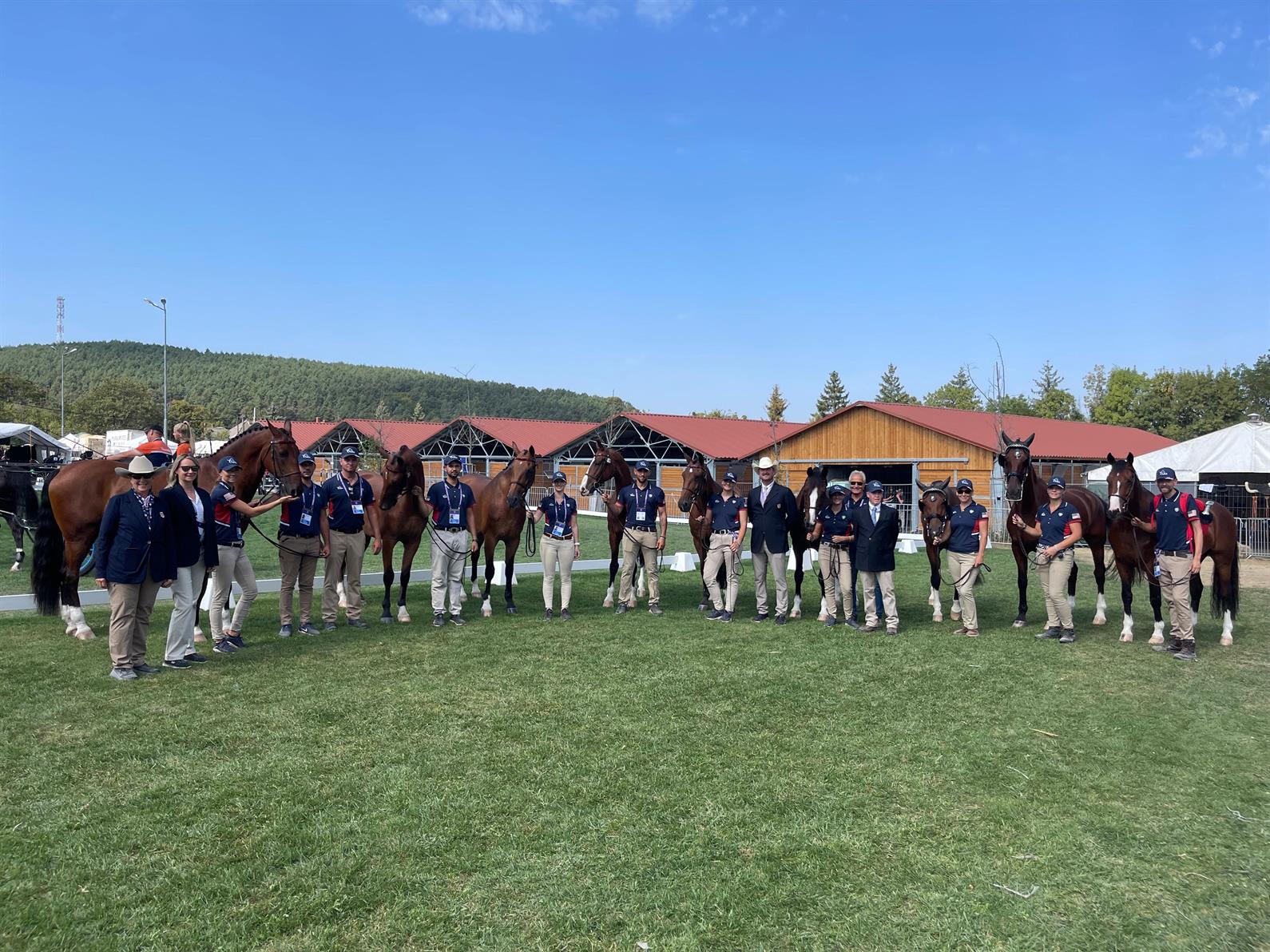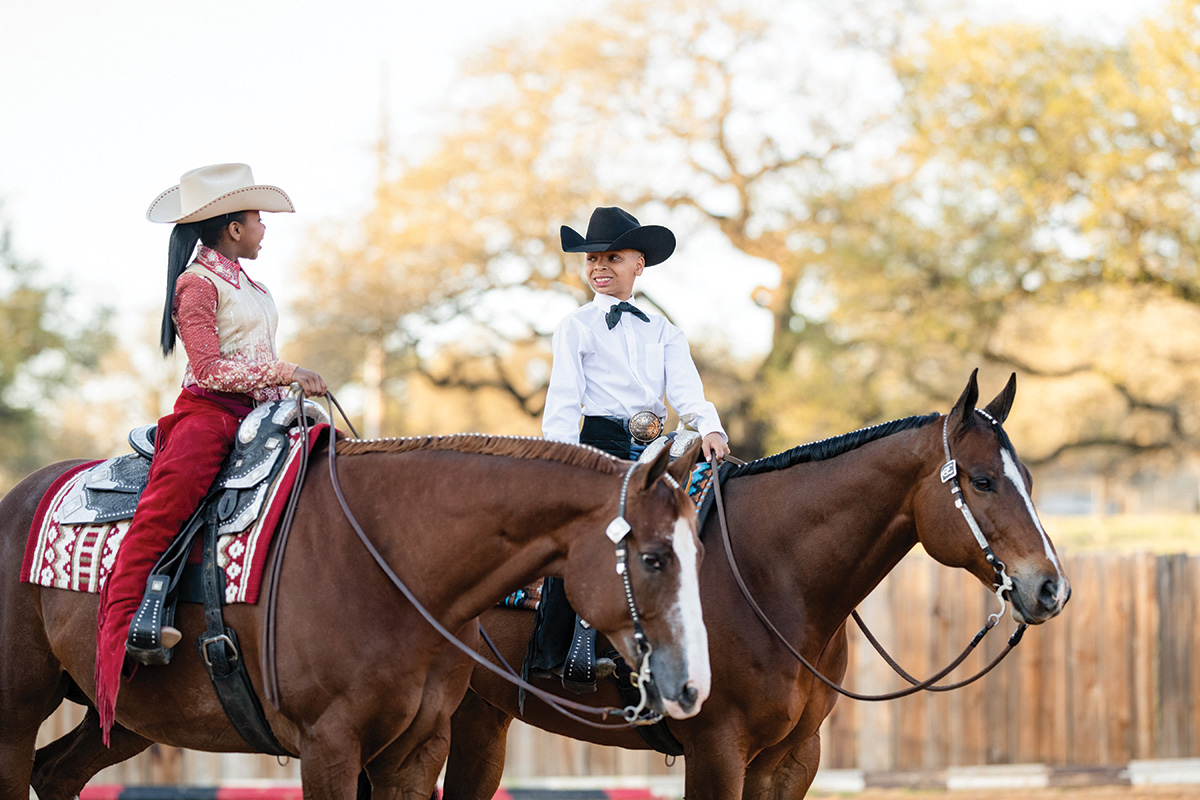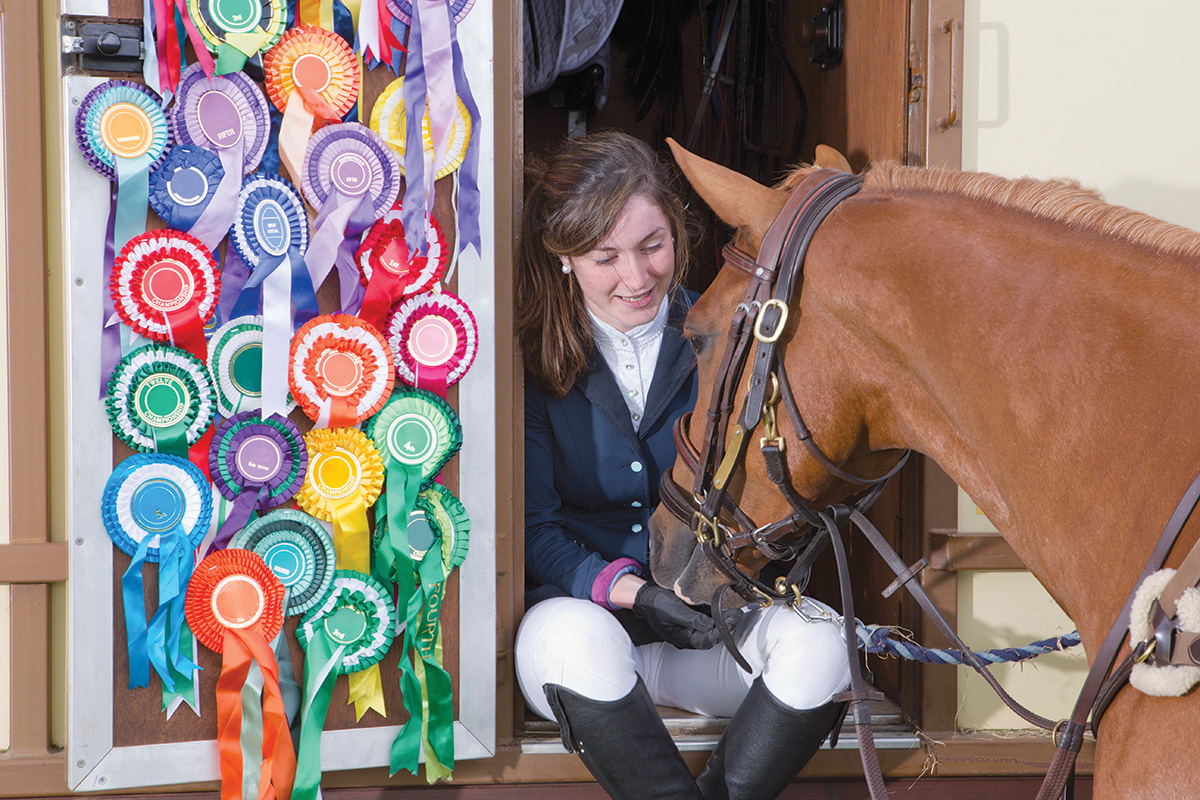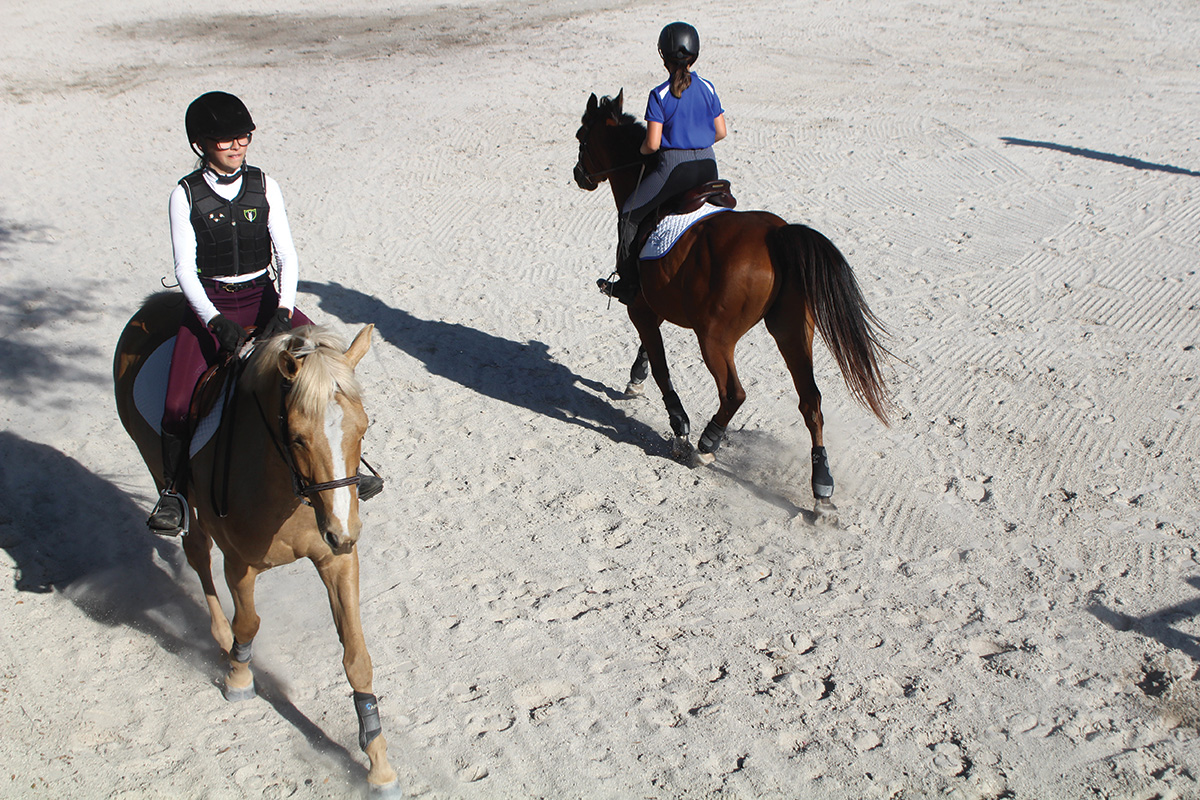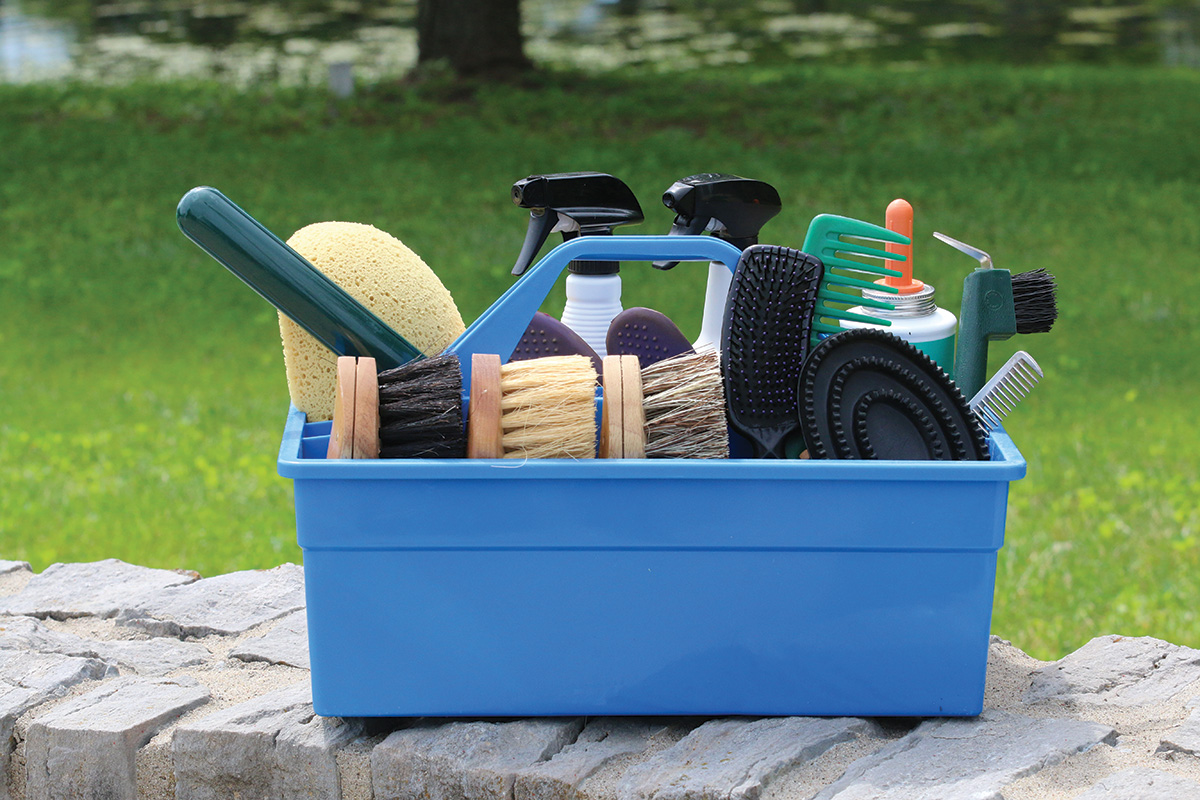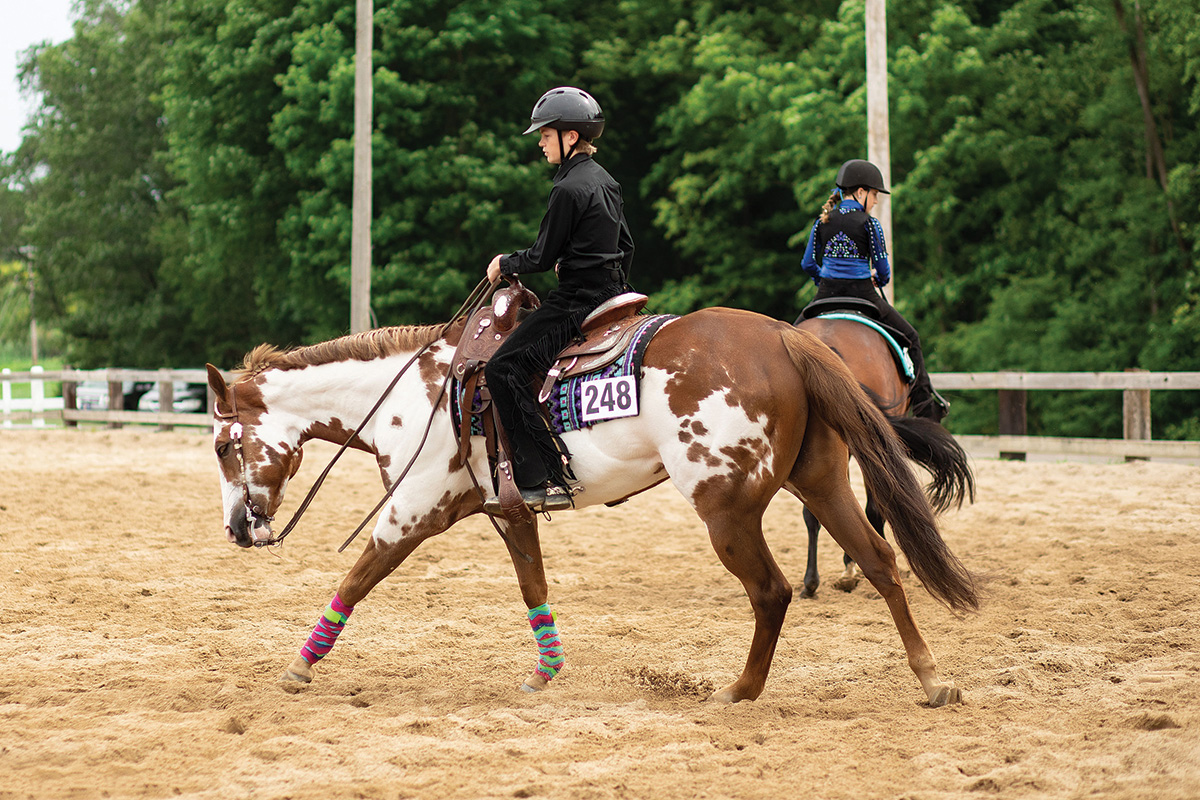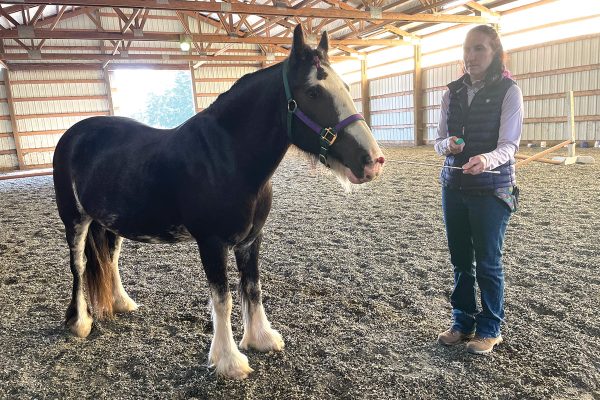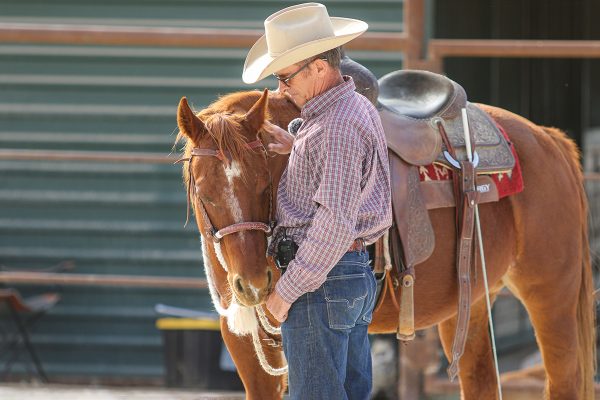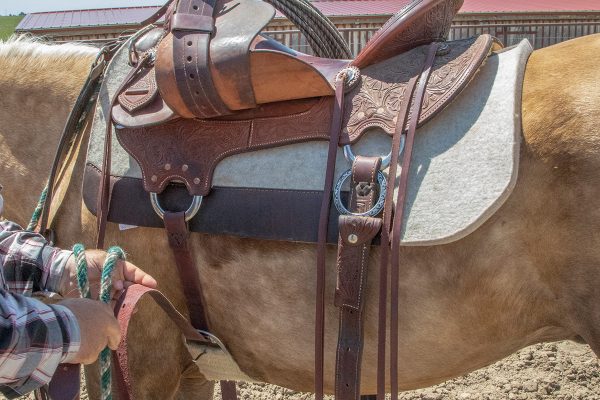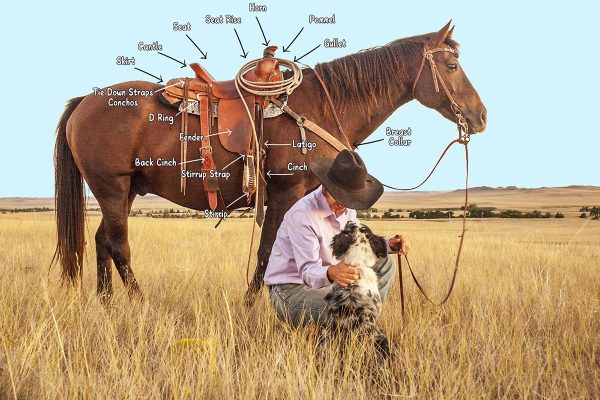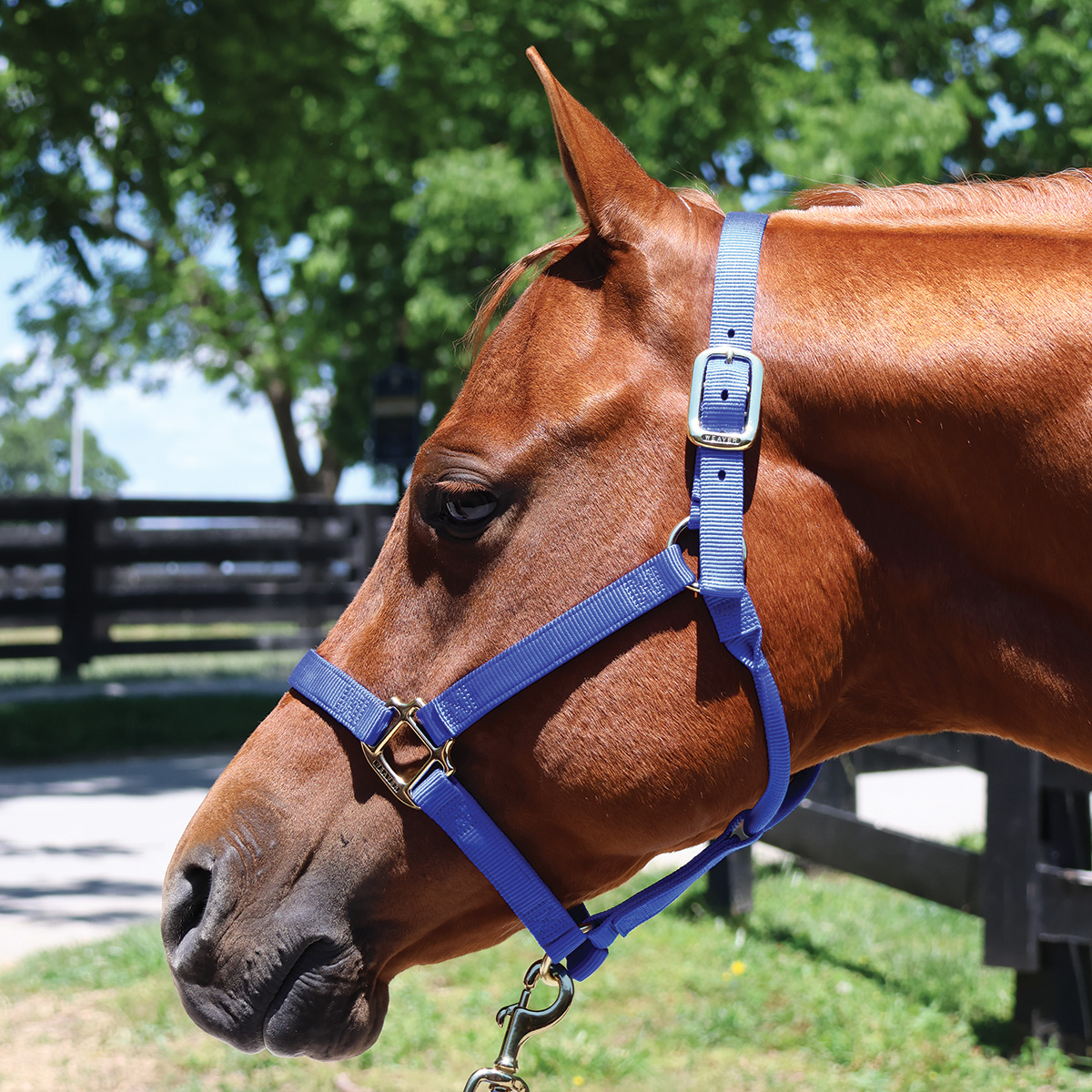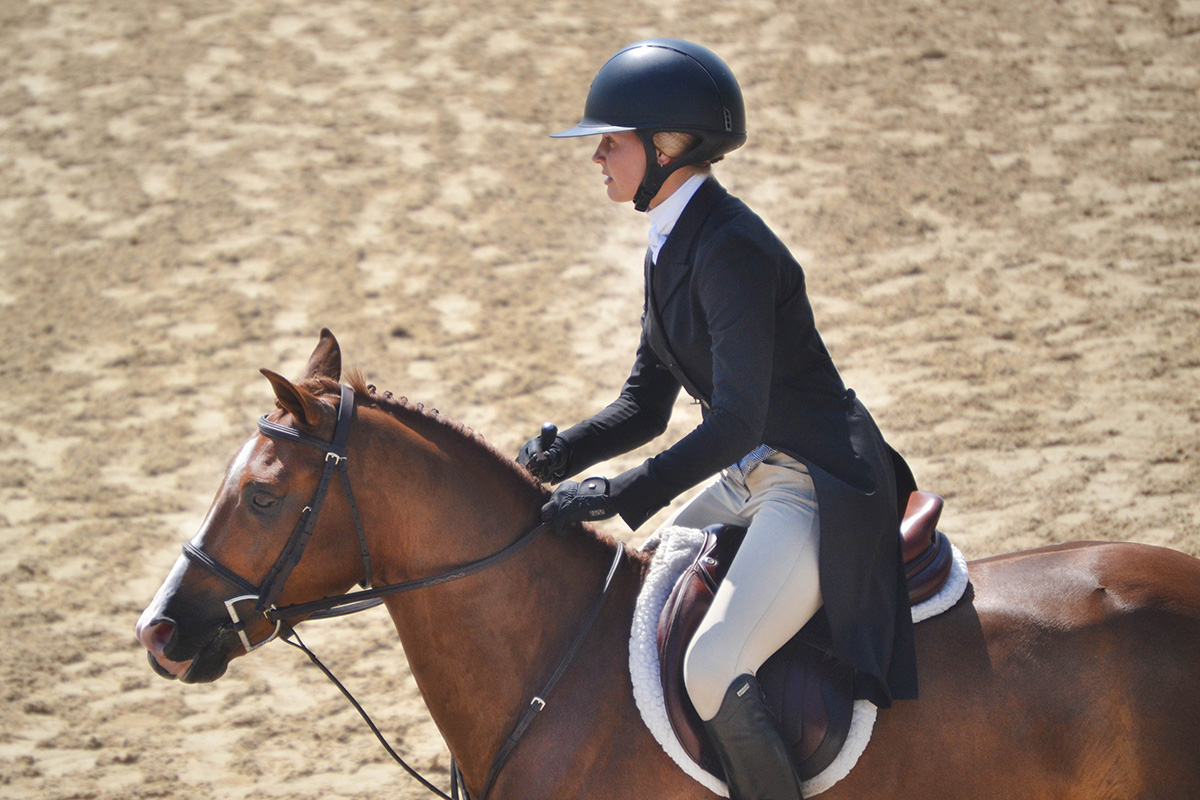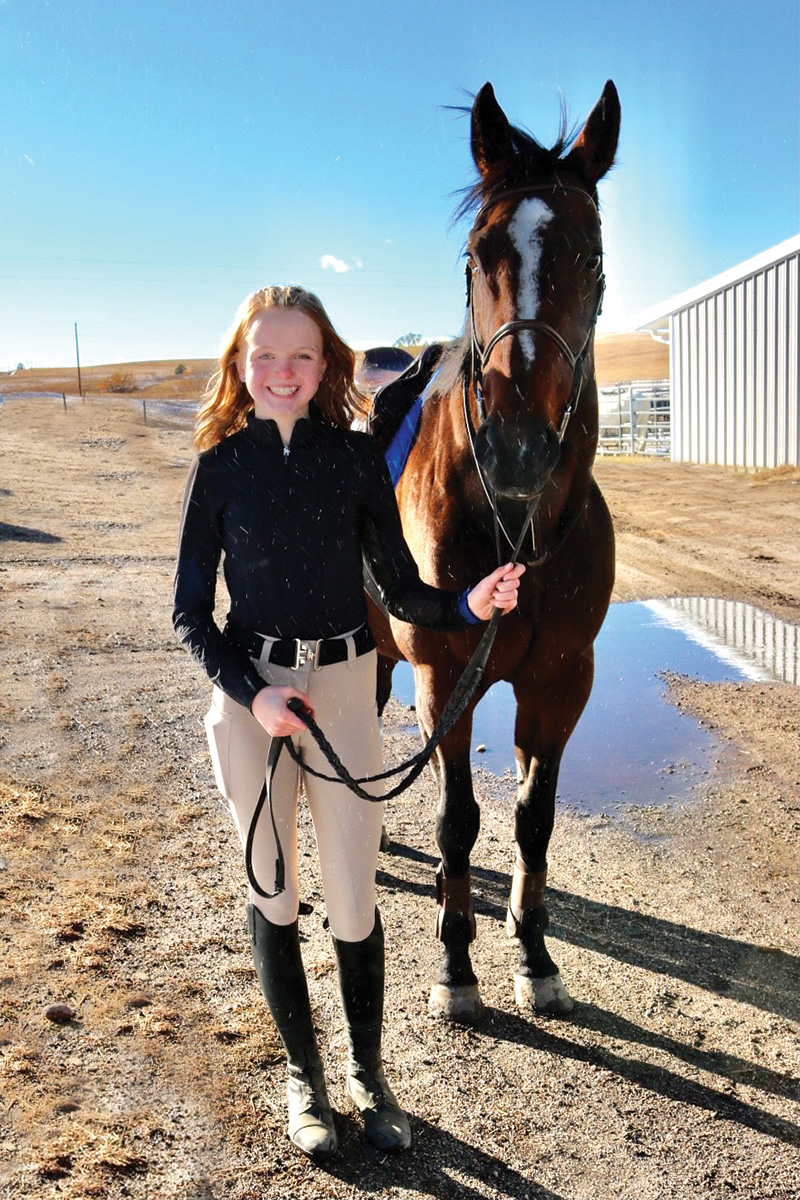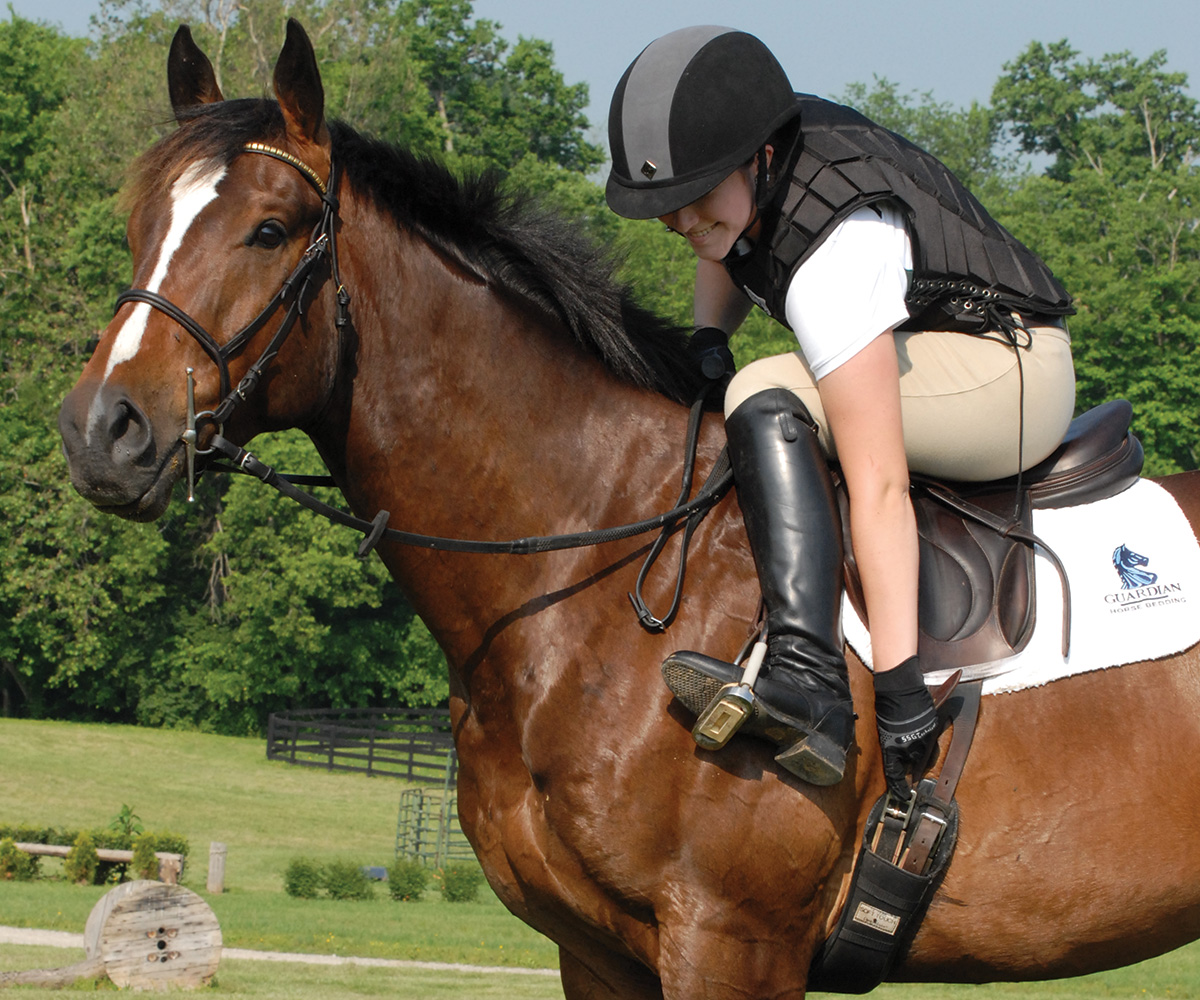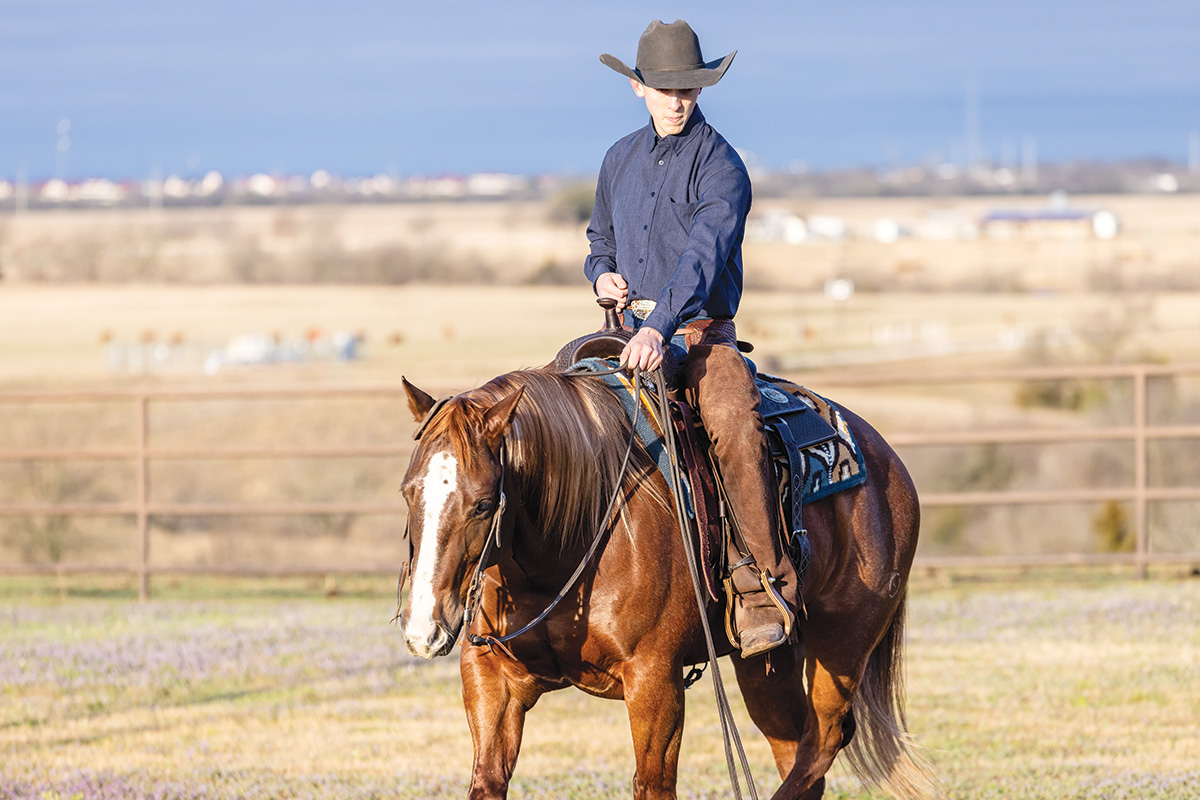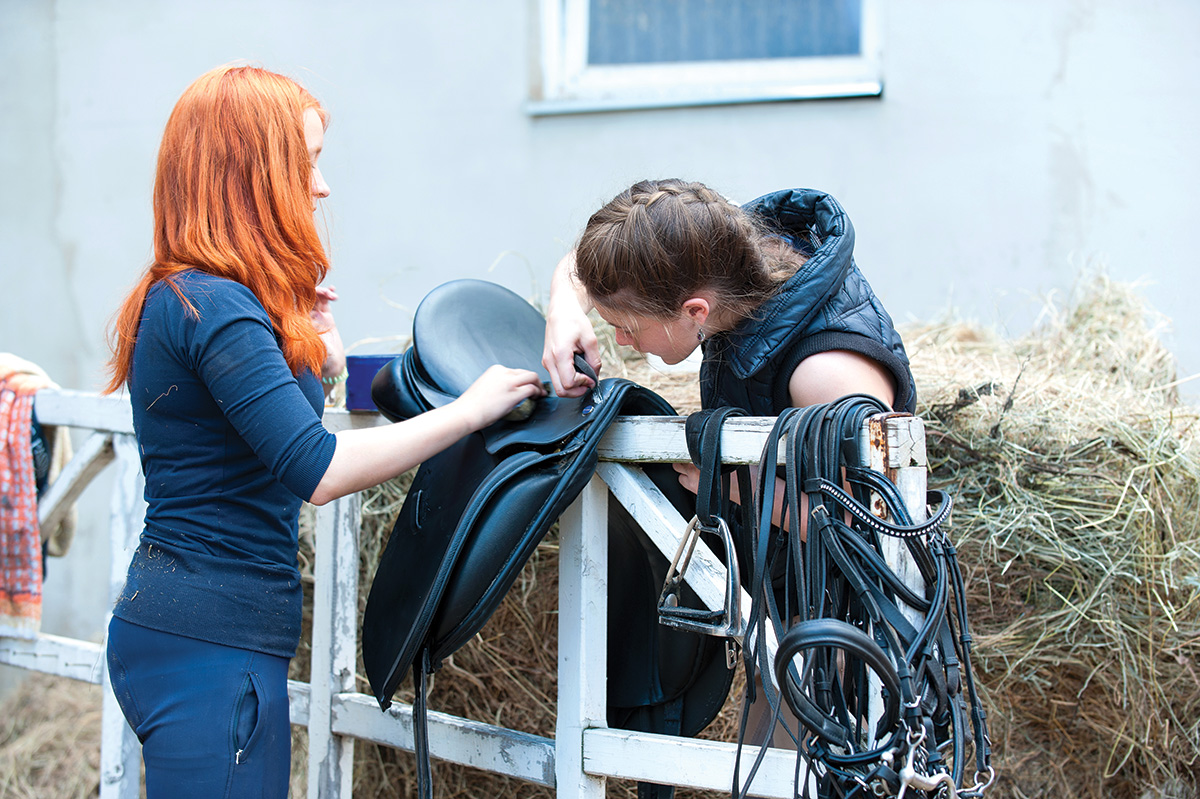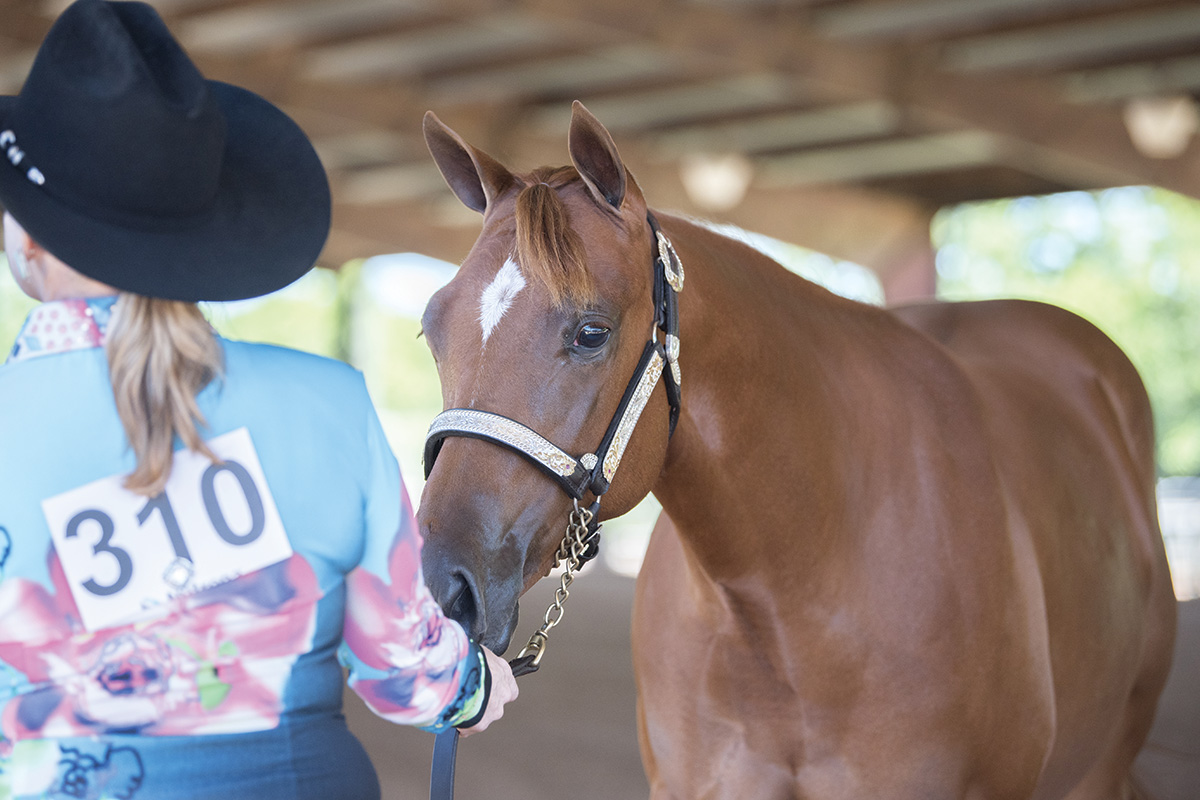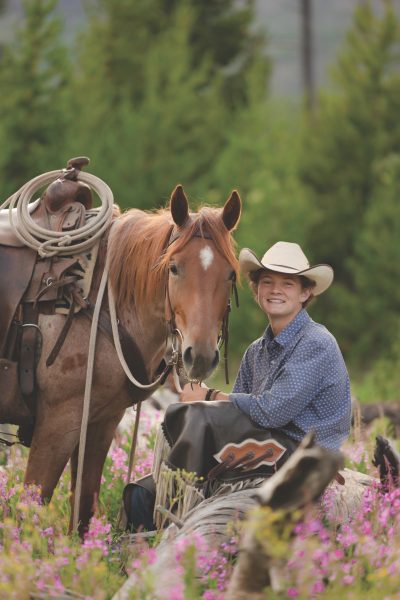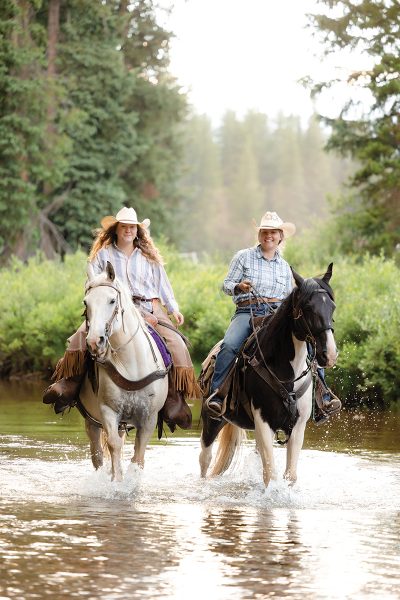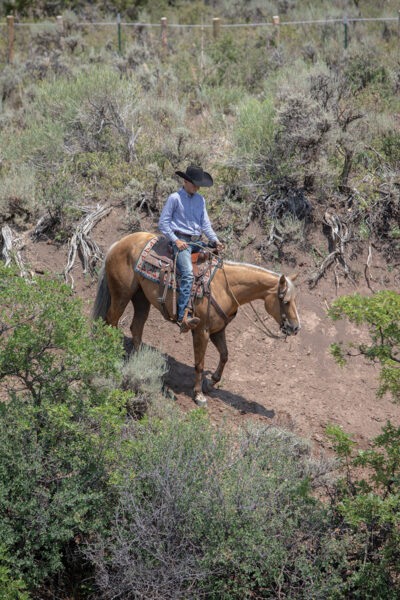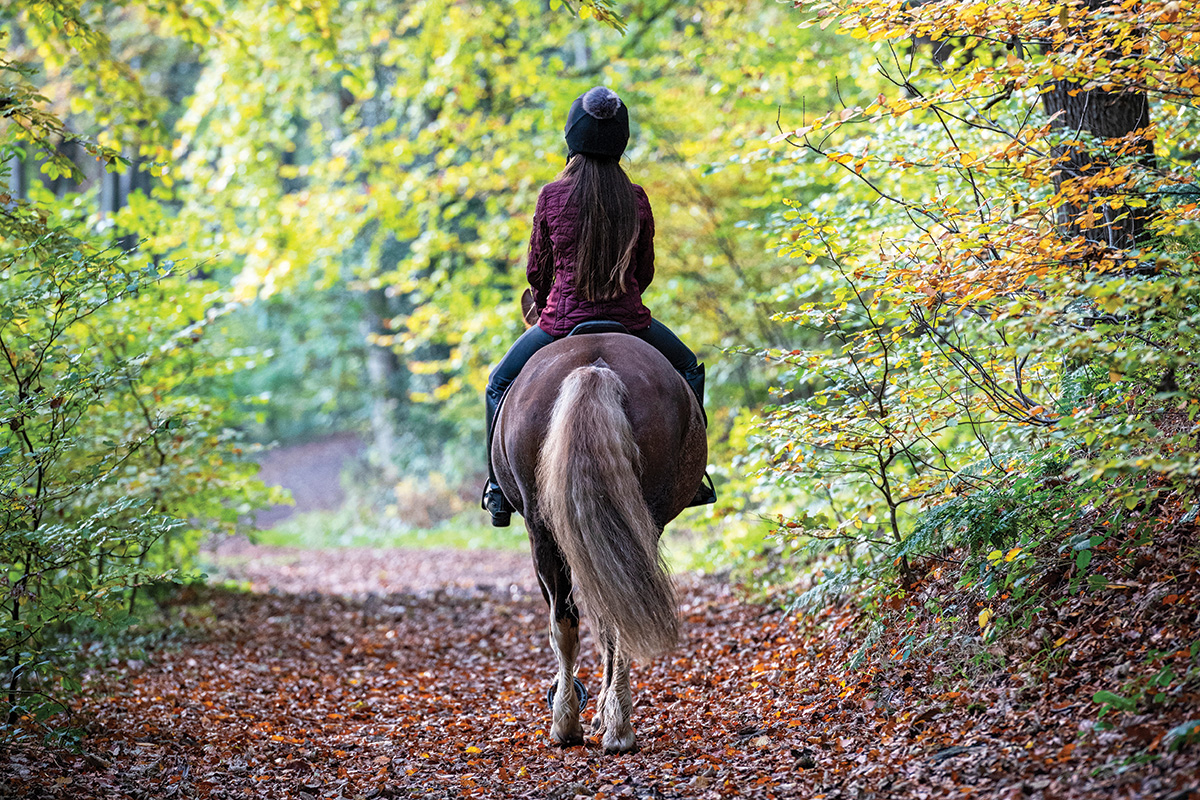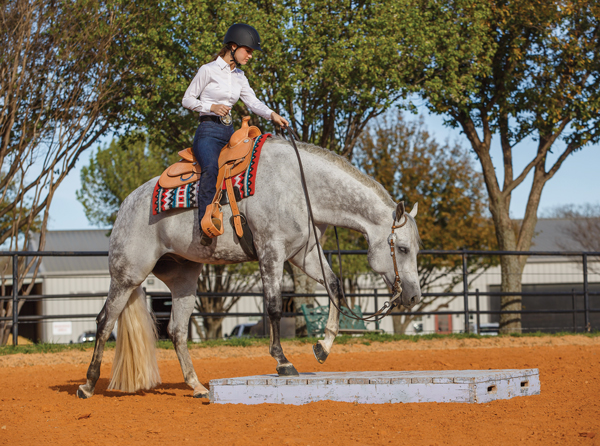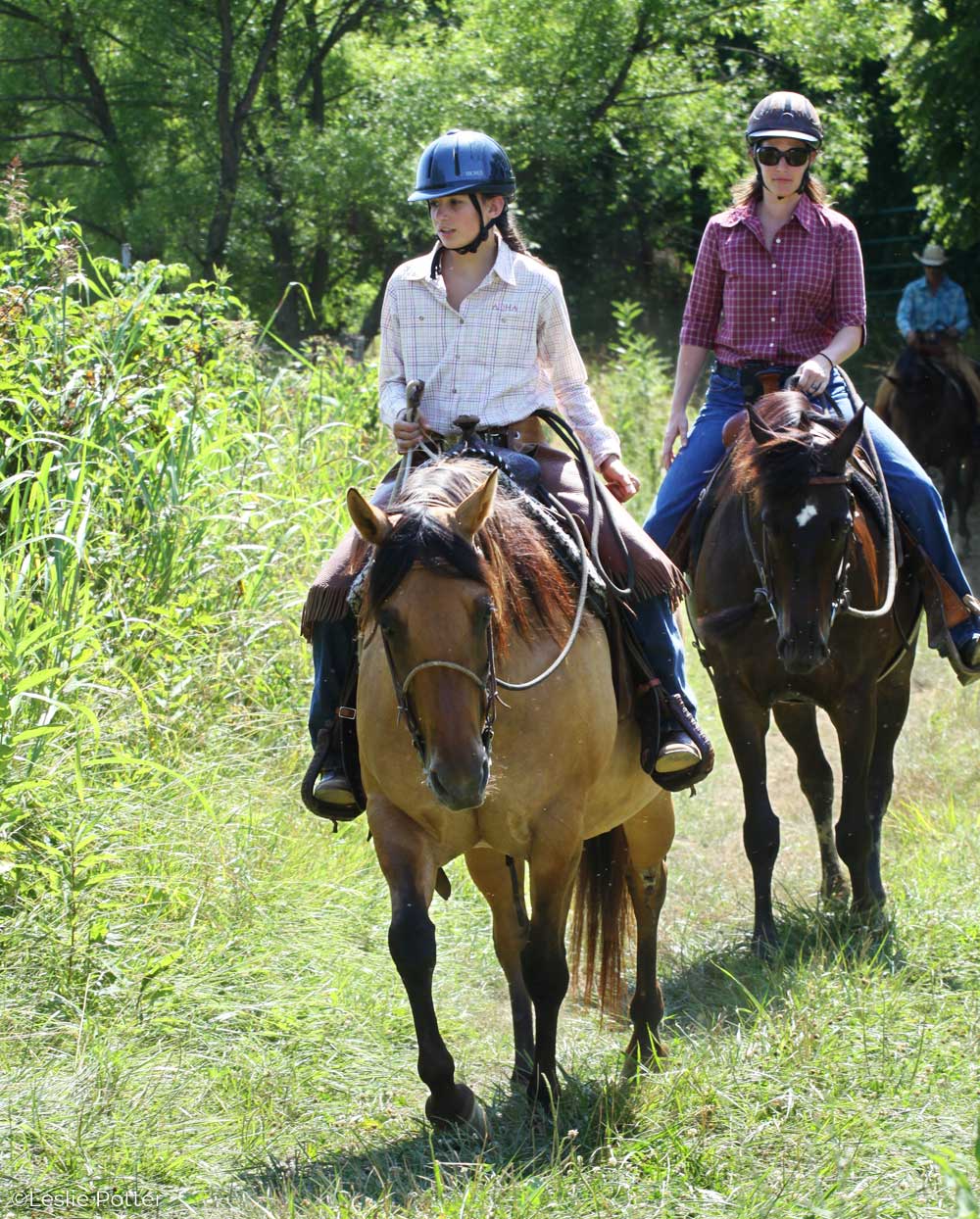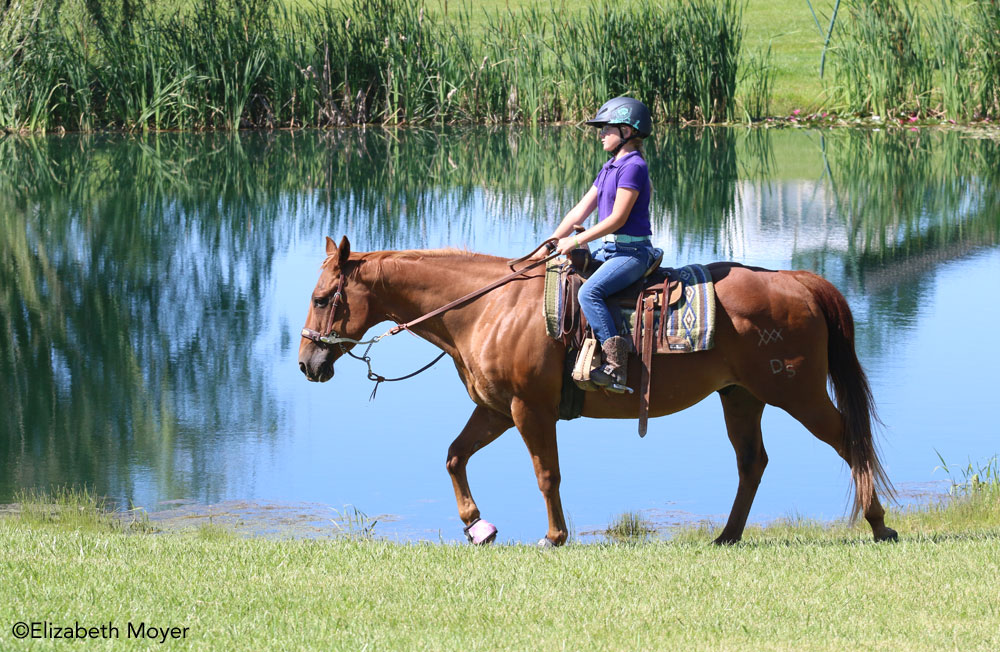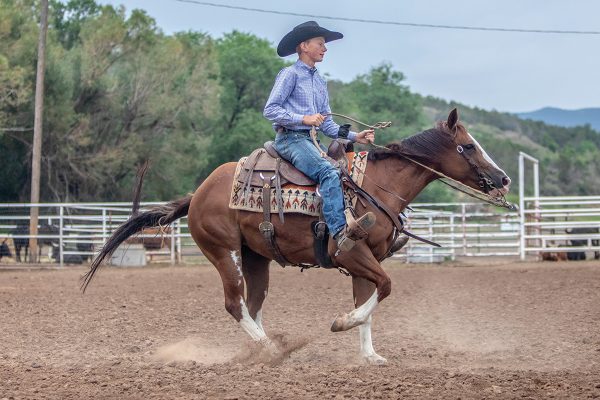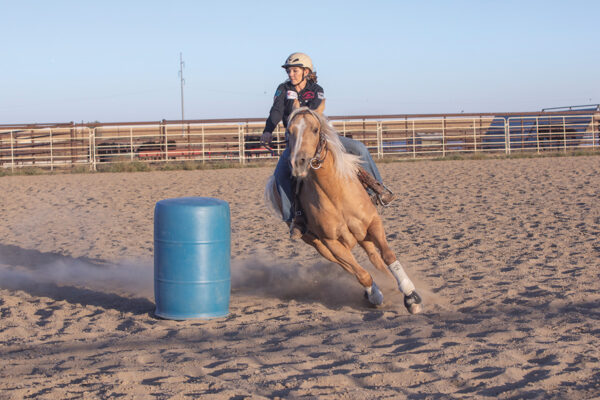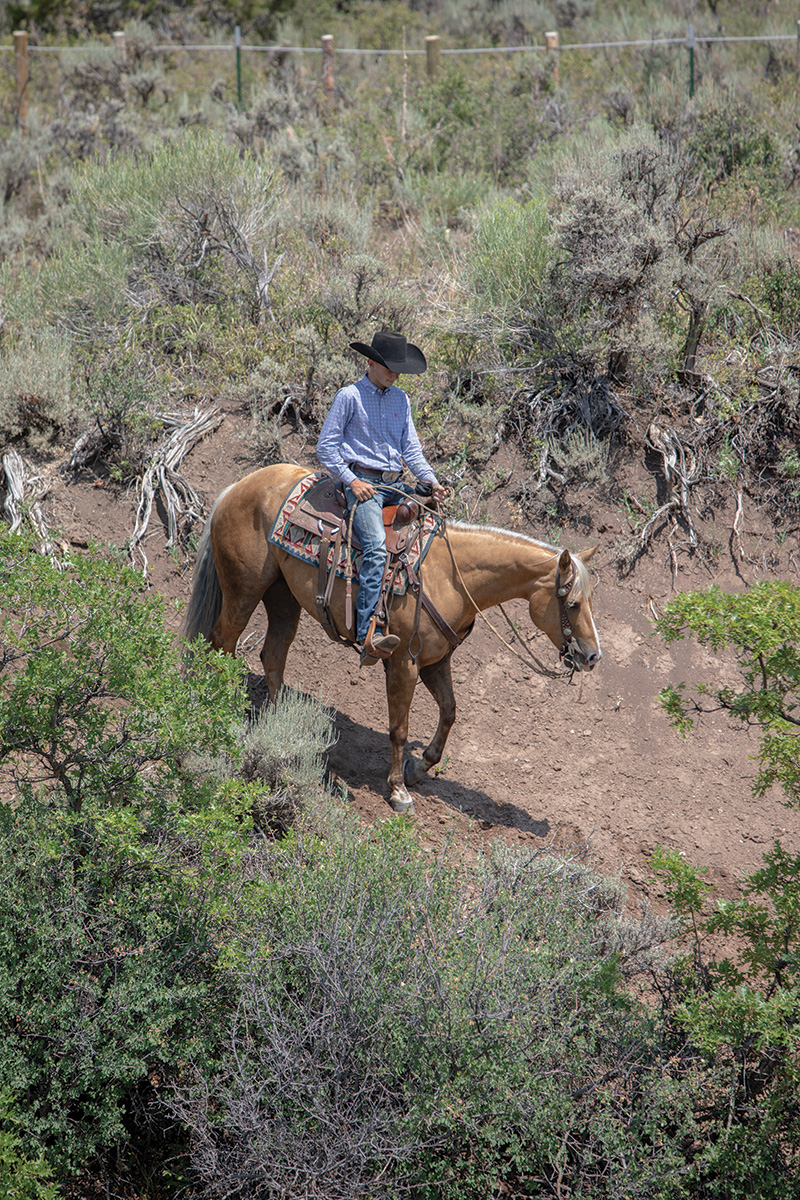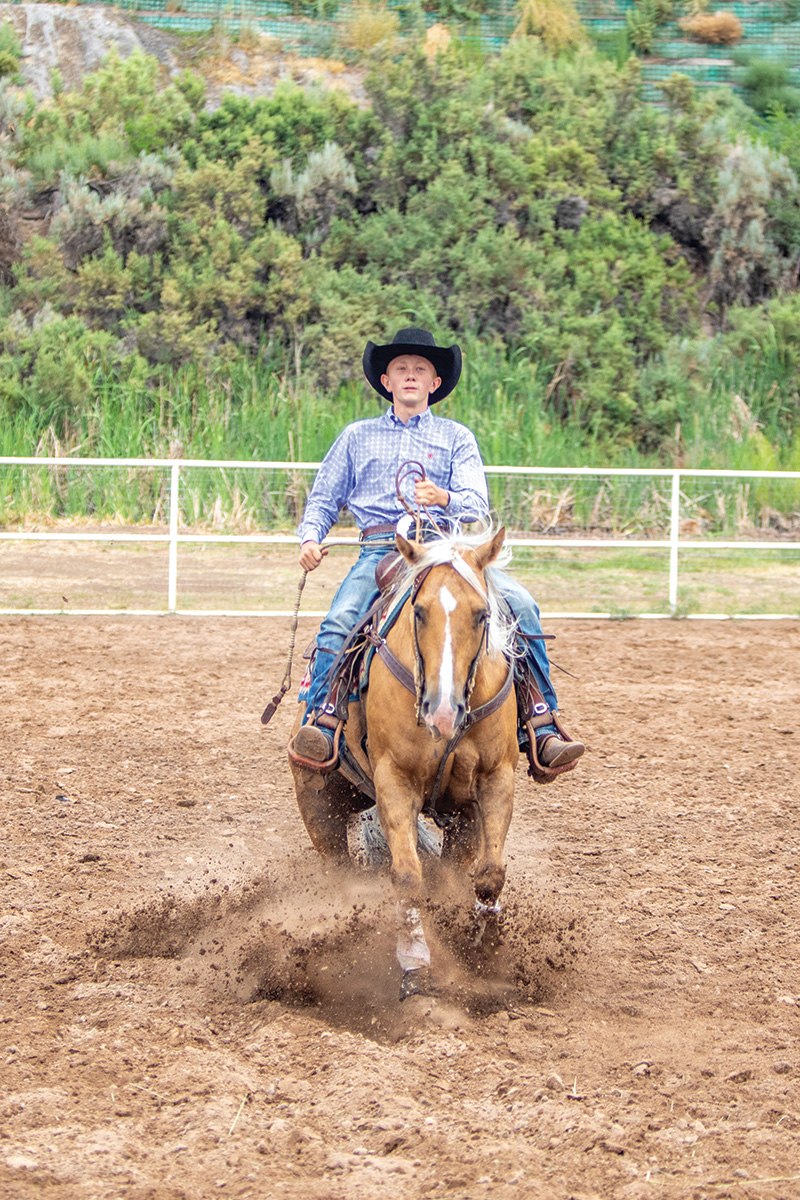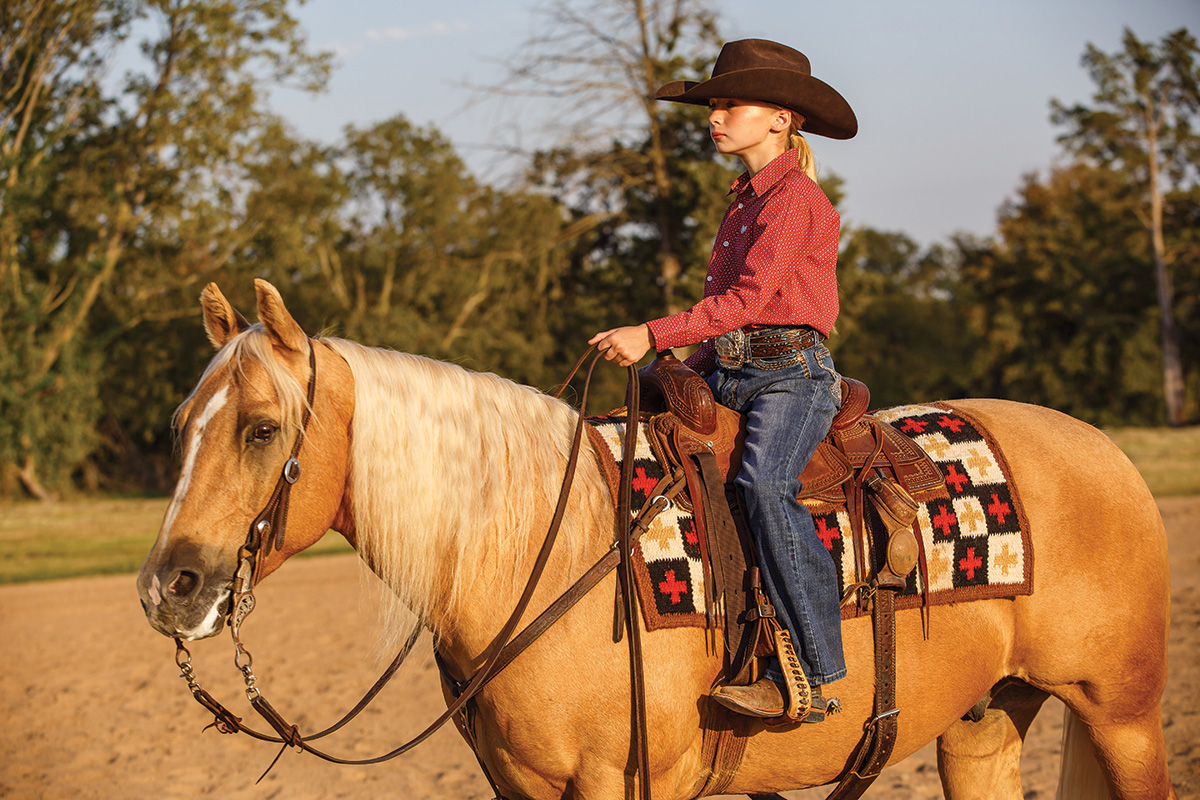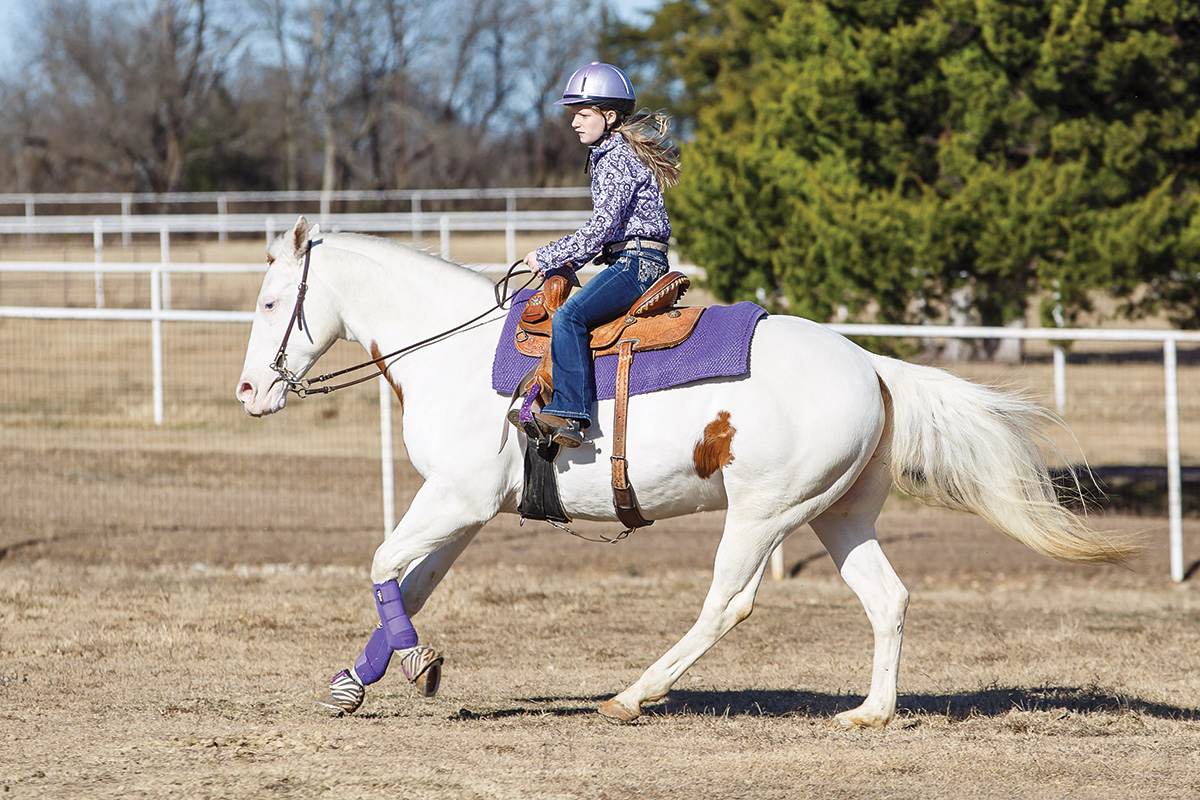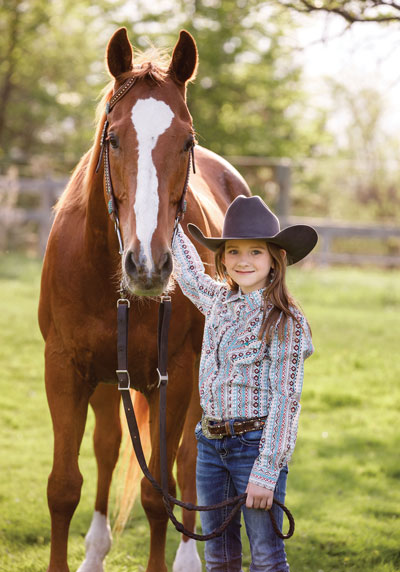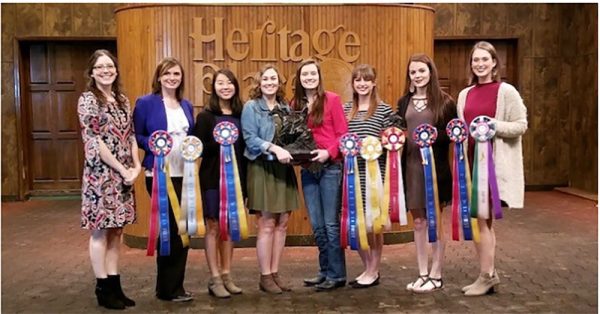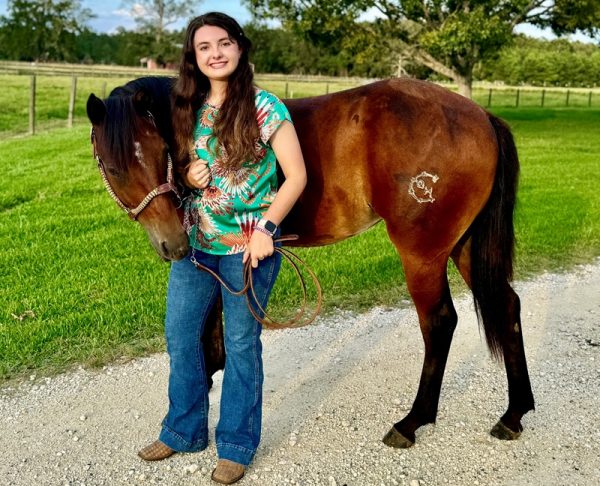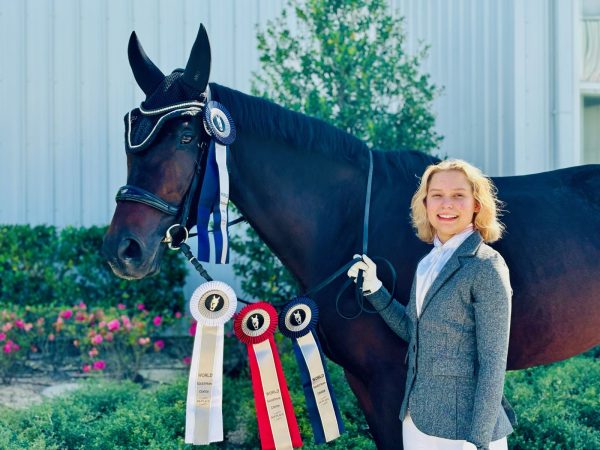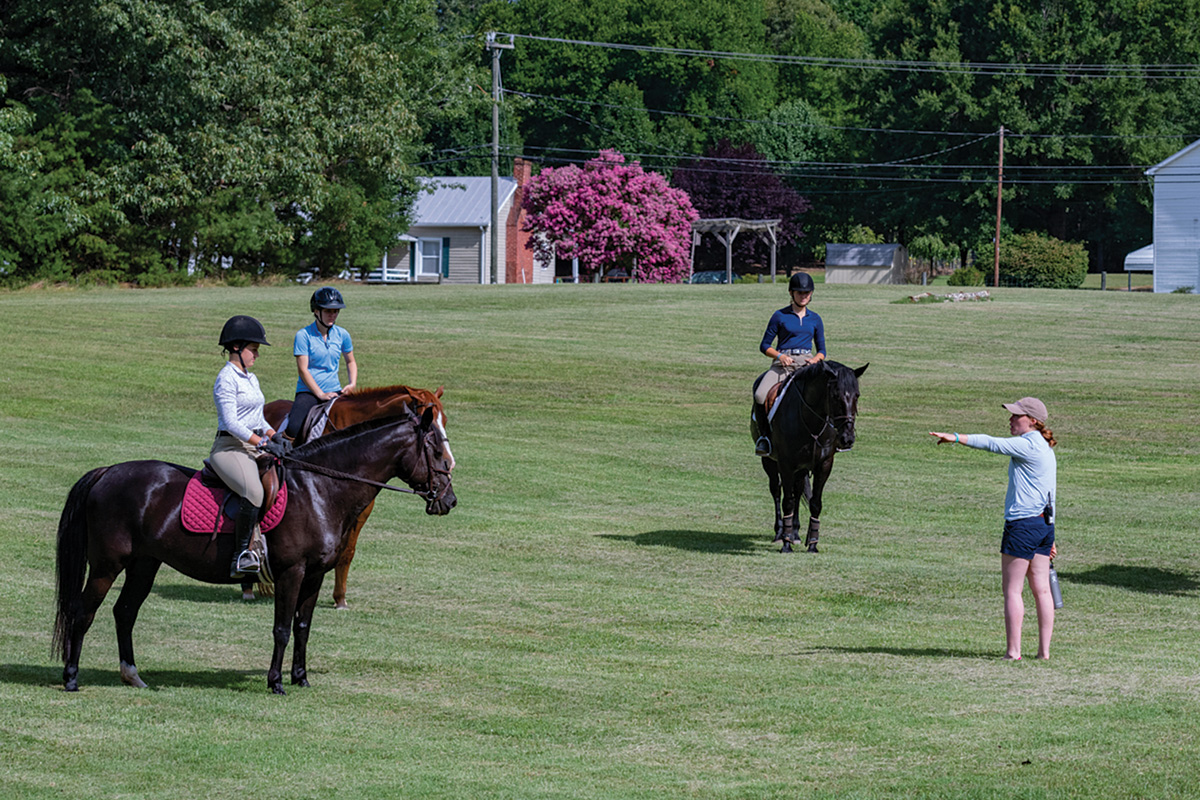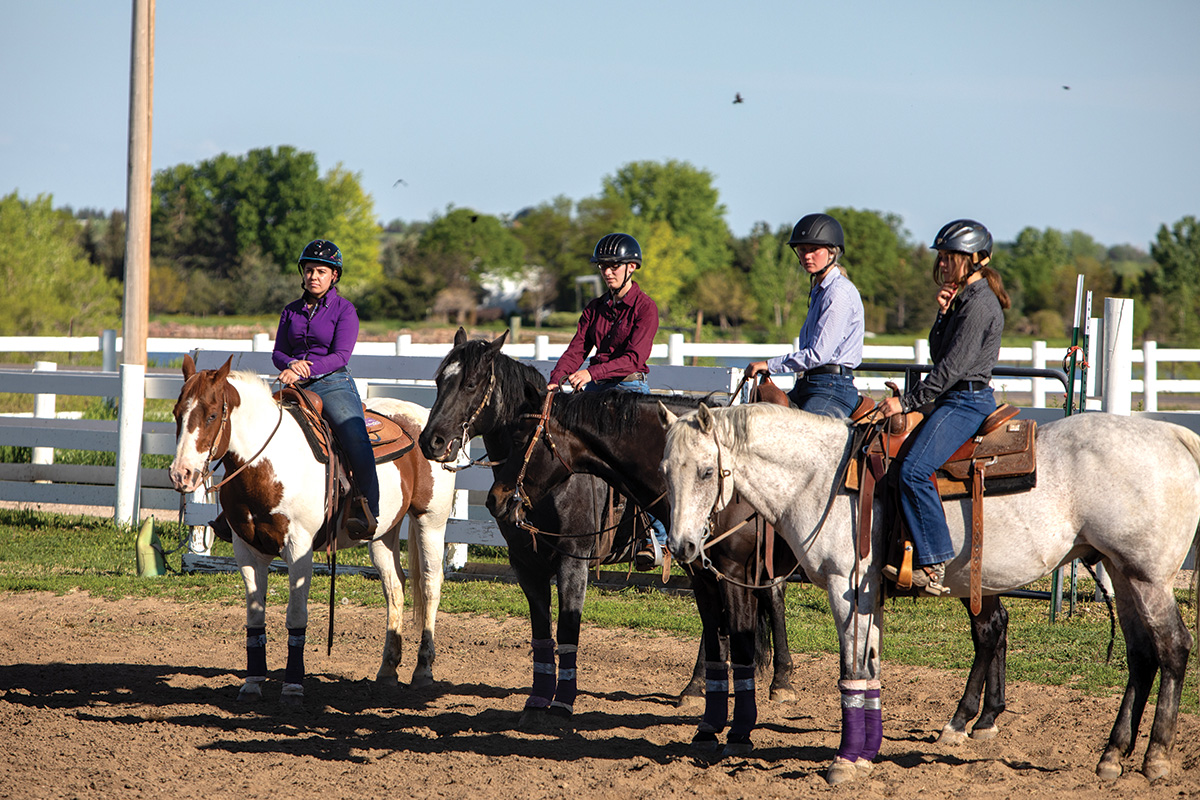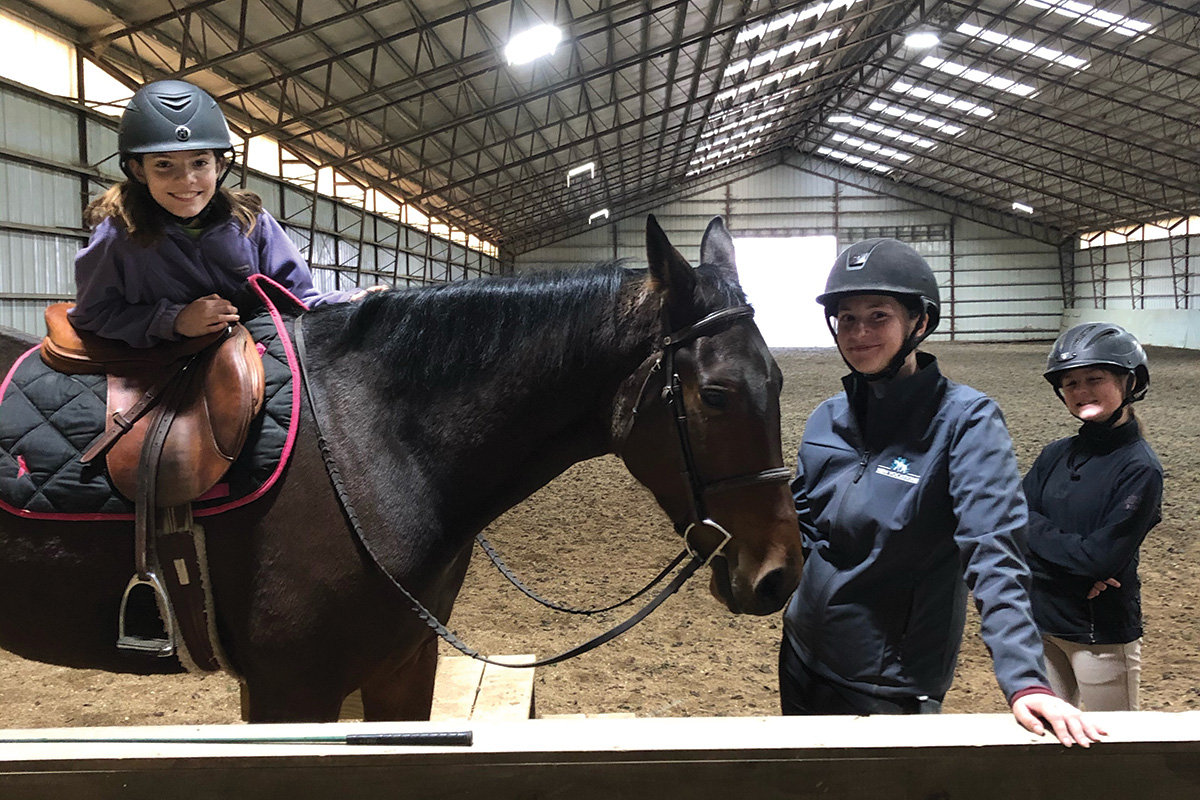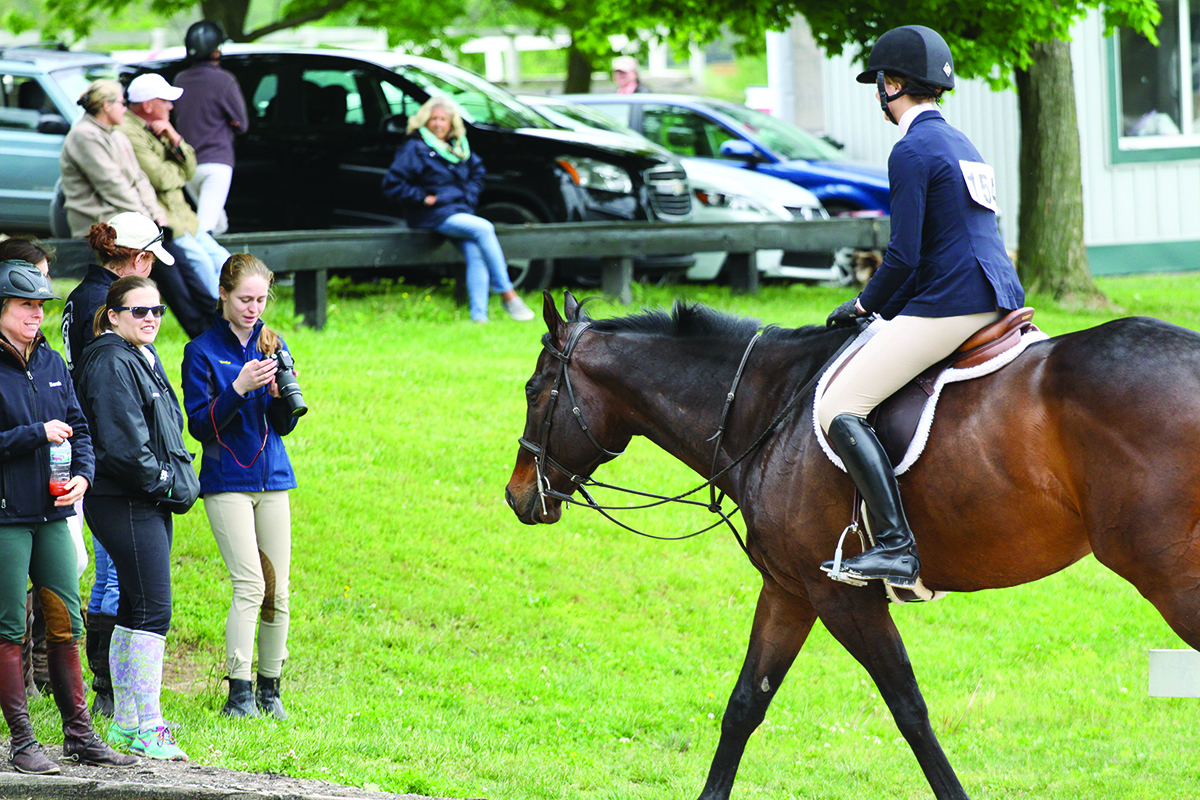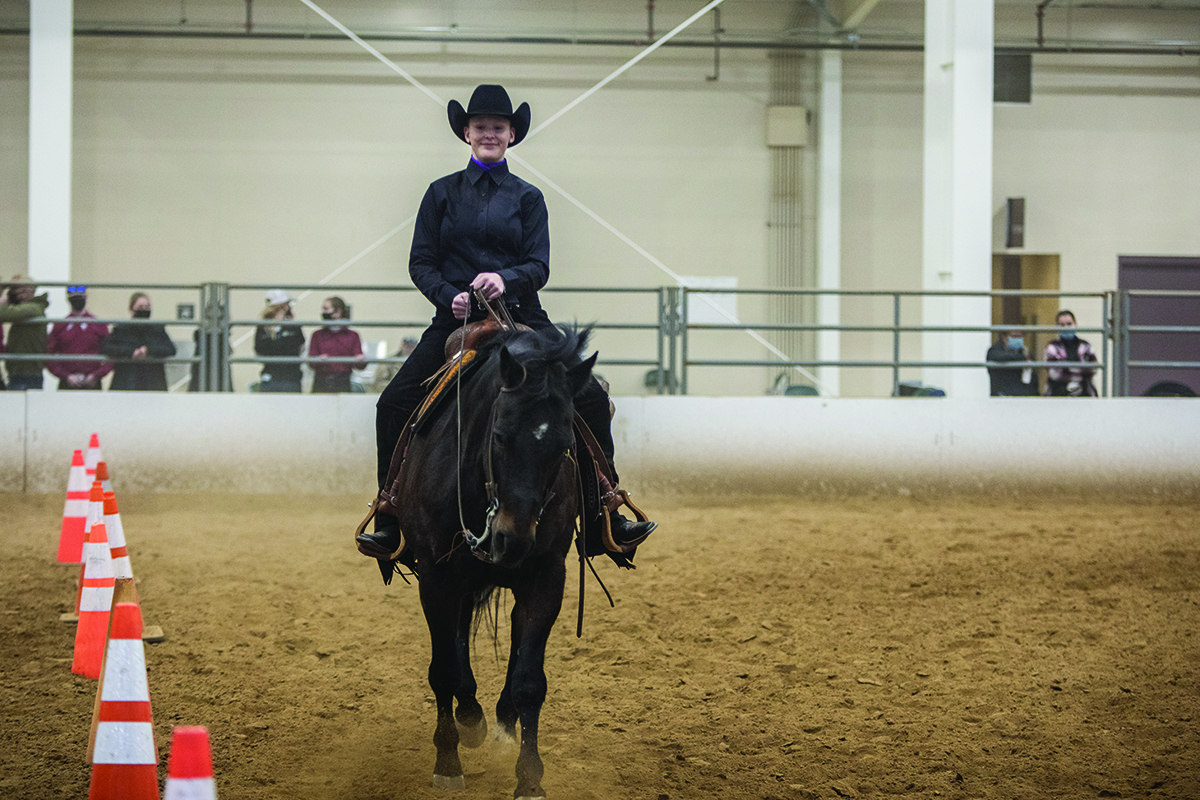Young Rider's riding and training articles cover a variety of disciplines, training techniques, how to get started with horses, and much more. This category includes articles about English and Western riding, trail and recreational riding, horse shows and competitions, all of the various disciplines, groundwork, natural horsemanship, camps, lessons, and youth and collegiate topics. Examples of articles include how to get started in different disciplines, juggling horses and life, how to be a better rider, tips for western and English riders, improving your jumping, stories from horse people about their equestrian adventures, dealing with issues during outings on your horse, and much more.
Riding and Training
Disciplines
Horse Illustrated publishes content about a variety of horse disciplines. The various disciplines covered include: cattle events, dressage, driving, endurance and competitive trail, eventing, halter and showmanship, horse racing, hunter/jumper, reining, saddle seat, speed events, vaulting, and western pleasure. This overall category showcases articles from all covered riding types, and our subcategories breaks down the topics in the individual riding styles. Find articles that can help with training within those disciplines, news, true stories from competitors, and more within each subcategory. We love highlighting real people with their stories of triumph and tribulations, so that every rider can learn from others' experiences.
Additional topics in Disciplines:
English Riding
Horse Illustrated covers anything you can think of related to English riding, including how-tos, tips from experts, discipline specifics, and more. Disciplines included are: dressage, driving, endurance, eventing, English halter and showmanship, hunt seat, jumping, and saddle seat. Many riders start out riding English (aka, hunt seat) and then progress into one of the disciplines above. Some of the topics covered include phases of jumping, how to get started in dressage or eventing, how to leg yield, perfecting the posting trot, improving your equitation, exercises with ground poles, counter bending the canter, get smooth flying lead changes, how to achieve better dressage tests, etc.
Groundwork
Groundwork involves working with the horse from the ground using a halter and lead rope, a longe line, a cavesson and neck rope, long reins, etc. There are many lessons that are helpful to teach from the ground. Working on ground lessons with your horse can improve communication, teach a horse a new skill, work on problem areas, allow you to assert your leadership skills with the horse, work on a complicated skill before trying it mounted, and gives your horse physical and mental challenges. It's a great way to mix up your horse's training and keep things fresh. Groundwork is also helpful if you can't ride that day due to weather or footing issues or if your horse is healing from an injury and can't be ridden. It's also a great way to first teach a horse about obstacles and how not to be fearful of certain objects, like a tarp, water, a bicycle, etc.
Horse Camps
Learn how to choose a horse camp, what types of camps are out there involving horses, and read stories from riders who have gone to camp. There are a lot of benefits to going to camp, and we know that a camp with horseback riding is the best kind of all. Some camps allow riding once a day, some make it a daily activity, some focus on horses as an all-day thing with a total immersion in equine-centered activities. There are options for all ages and a variety of time spans, with day-only options, overnight options, and those that last a week or more. There are even those for adults or for families to attend. Some facilities provide the horses while others allow you to bring your own. Whatever option you choose, it's sure to be the time of a lifetime. Young Rider magazine offers a variety of articles on horse camps.
Horse Shows and Competitions
Horse Illustrated readers attend shows and competitions in a variety of disciplines. If you want to keep up with news from major horse events and learn how to prepare your horse for an event, then enjoy this category within our archives. Topics include articles from competitors in various disciplines, winners of big events (e.g., national championships in various disciplines), ways to make competing fun, grooming for show-ring success, how to compete and maintain balance in life, how to showcase your horse at an event the best you can, and so much more. When you are an equestrian competitor, regardless of at what level, you are part of a unique lifestyle.
Natural Horsemanship
Learn more about the techniques that are used for horse training that tap into a horse's natural instincts and methods of communication instead of using force. Natural horsemanship is a more gentle method of training that uses pressure and release of pressure to achieve the same goals that force and fear have achieved from harsher methods in the past. It's becoming a much more common and accepted method of training. The trainer tries to keep the horse calm throughout training, which helps build a feeling of safety and trust between horse and trainer. This increases bonding. Natural horsemanship trainers have seen amazing results using these methods.
Tack and Equipment
This parent category features all articles published by Horse Illustrated on tack and equipment. To drill down further for tack OR equipment, check out our related subcategories. Whether it's for English riding, western riding, trail riding, or a specific discipline, we have more information on the best options to purchase, how to choose and what to look for, special equipment for added comfort for you and your horse, and so much more. Topics include more information on saddles, bridles, bits, hackamores, bitless bridles, horse boots, safety vests, blankets, sheets, saddle pads, etc. Comfort and safety are of utmost importance for both horse and rider.
Trail and Recreational Riding
Horse Illustrated readers enjoy hitting the trail or just for recreational riding. Therefore, we have informative articles on topics such as dealing with an emergency on the trail, new or must-have tack and gear, how to teach your horse to cross water, how to ride on hilly riding paths, how to maintain horse trails, tips for camping with your horse, getting your horse ready for a season of riding, how to create a better horse for the this type of riding, and more. Our experts know that safety is of utmost importance for any type of riding but definitely when you may be further from home. Learn tips on how to have a safe trip out on your horse and when doing recreational riding.
Western Riding
Horse Illustrated covers anything you can think of related to western riding, including how-tos, tips from experts, discipline specifics, and more. Disciplines included are: western pleasure, western dressage, reining, speed events like barrel racing, and cattle events like cutting and team penning. Many riders start out riding in this style, especially in the Western states, and then progress into one of the disciplines above. Some of the topics covered include introducing your horse to cattle, how to ride the rollback, how to cue the lope, how to go bitless, selecting a hat for the show pen, showmanship, and much more.
Youth and Collegiate
Youth equestrian and collegiate equestrian articles from Horse Illustrated and Young Rider magazines cover topics involving youth ages 17 and under and equestrian college programs and riding teams. Collegiate programs include the National Collegiate Equestrian Association (NCEA), the Intercollegiate Horse Show Association (IHSA), and the National Collegiate Athletic Association's (NCAA) equestrian program. Equestrian has been designated an emerging sport for women in Divisions I and II since 2002 in the NCAA, but that designation could change. With these three options, various colleges are participating in equestrian sports, in addition to having equine-related educational tracts. In addition, youth organizations abound, including 4-H, FFA, Pony Clubs, the Interscholastic Equestrian Association, and more. Learn about all of the various options and hear from riders and participants about these programs.

